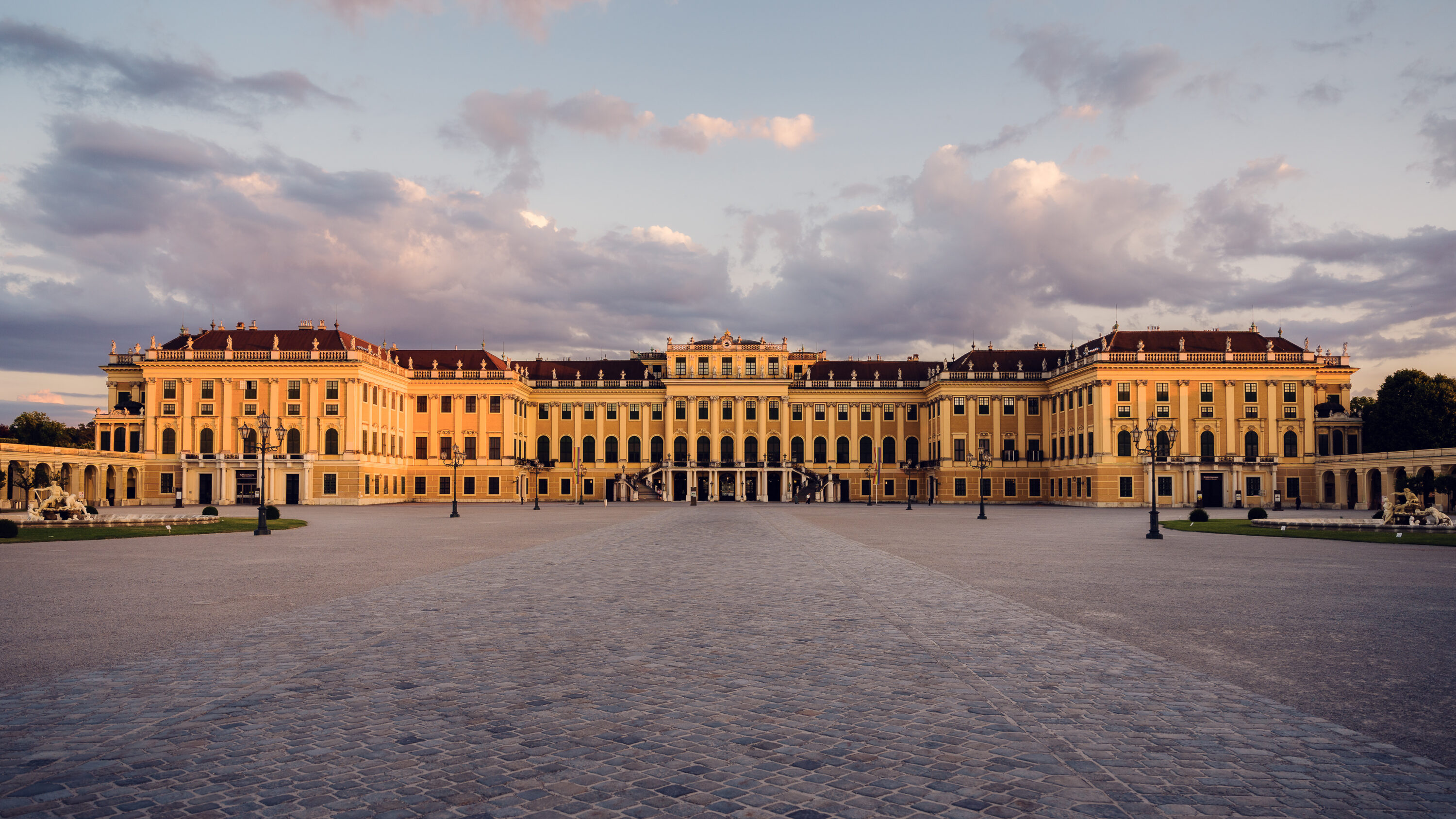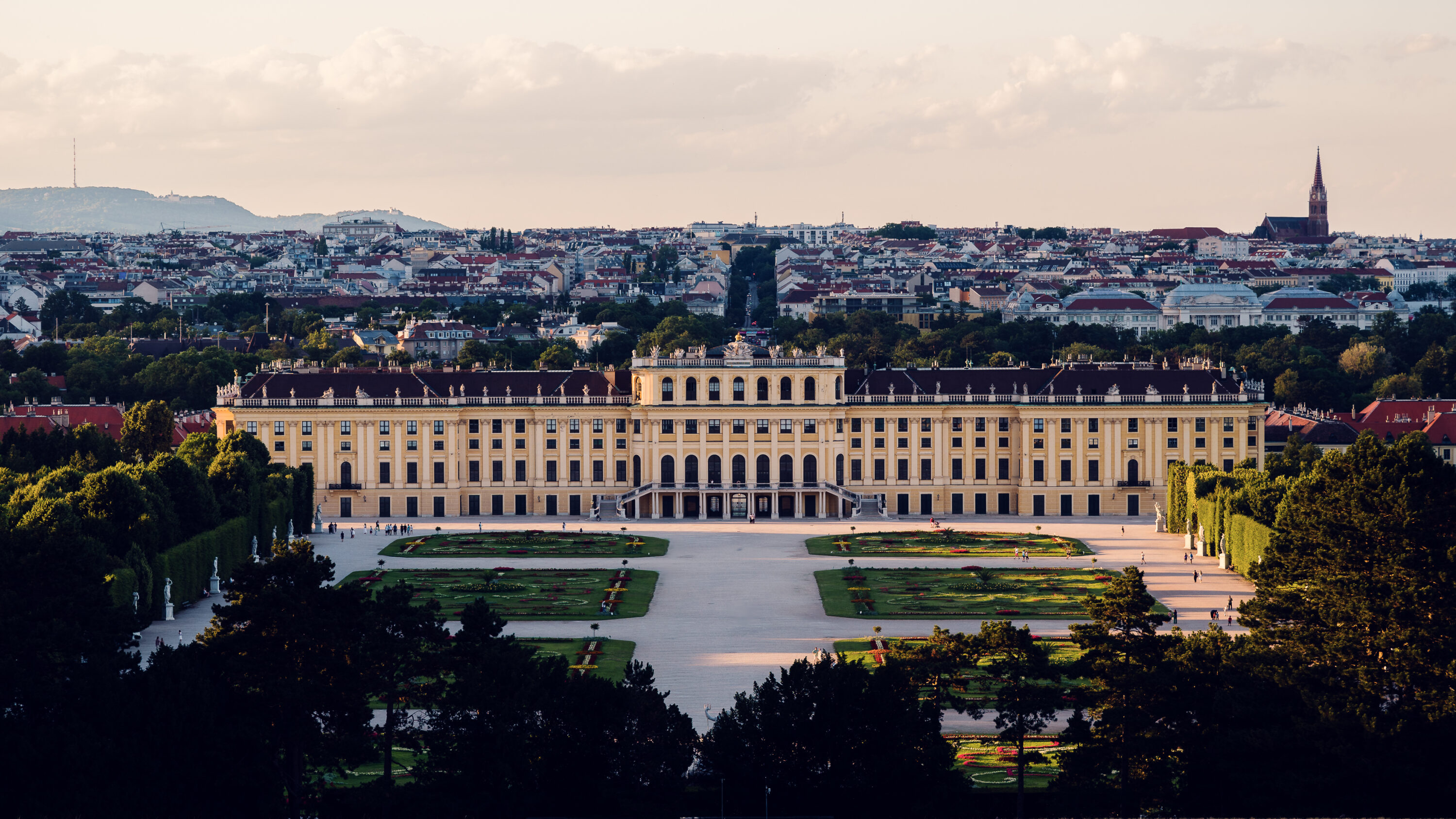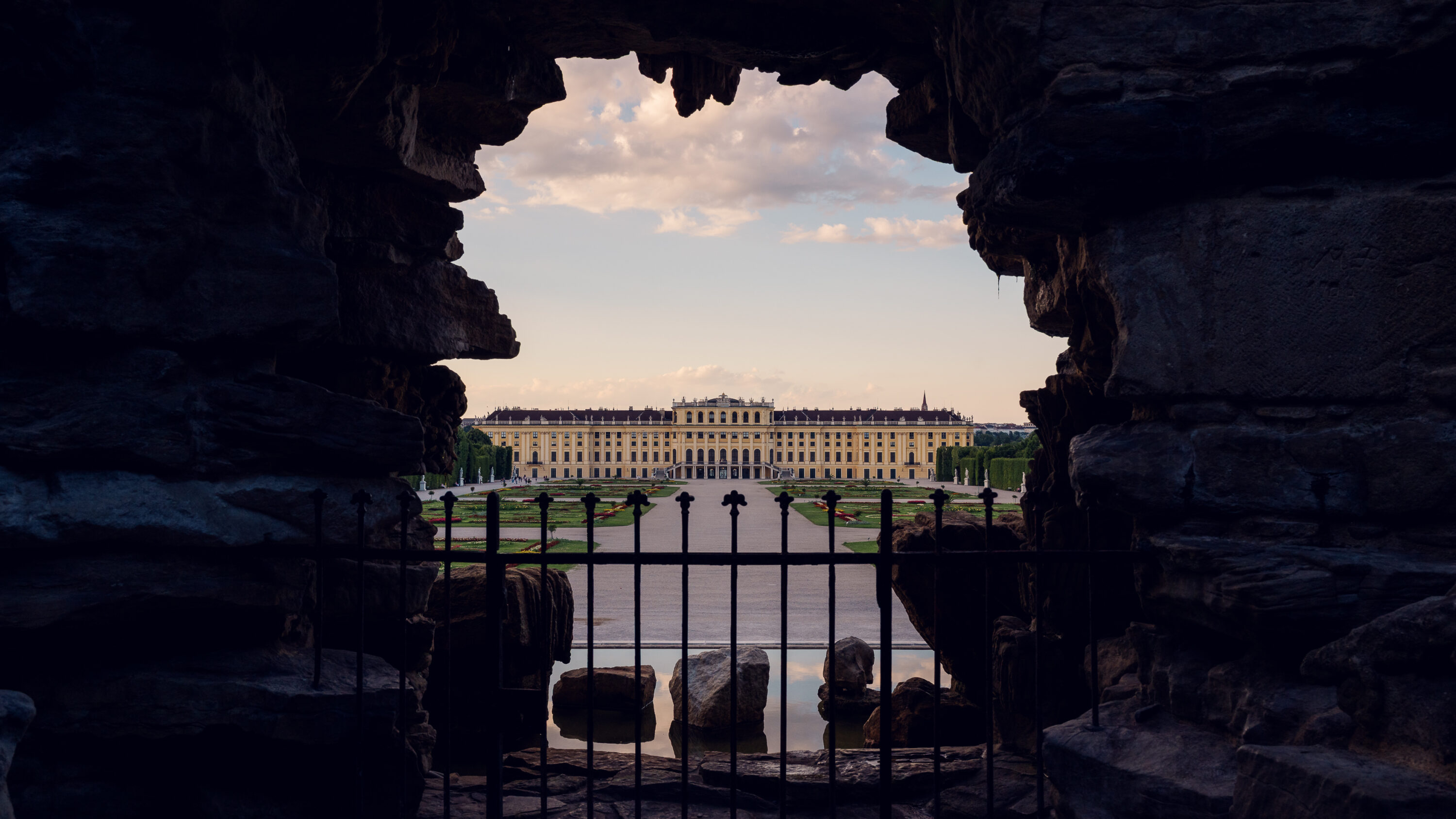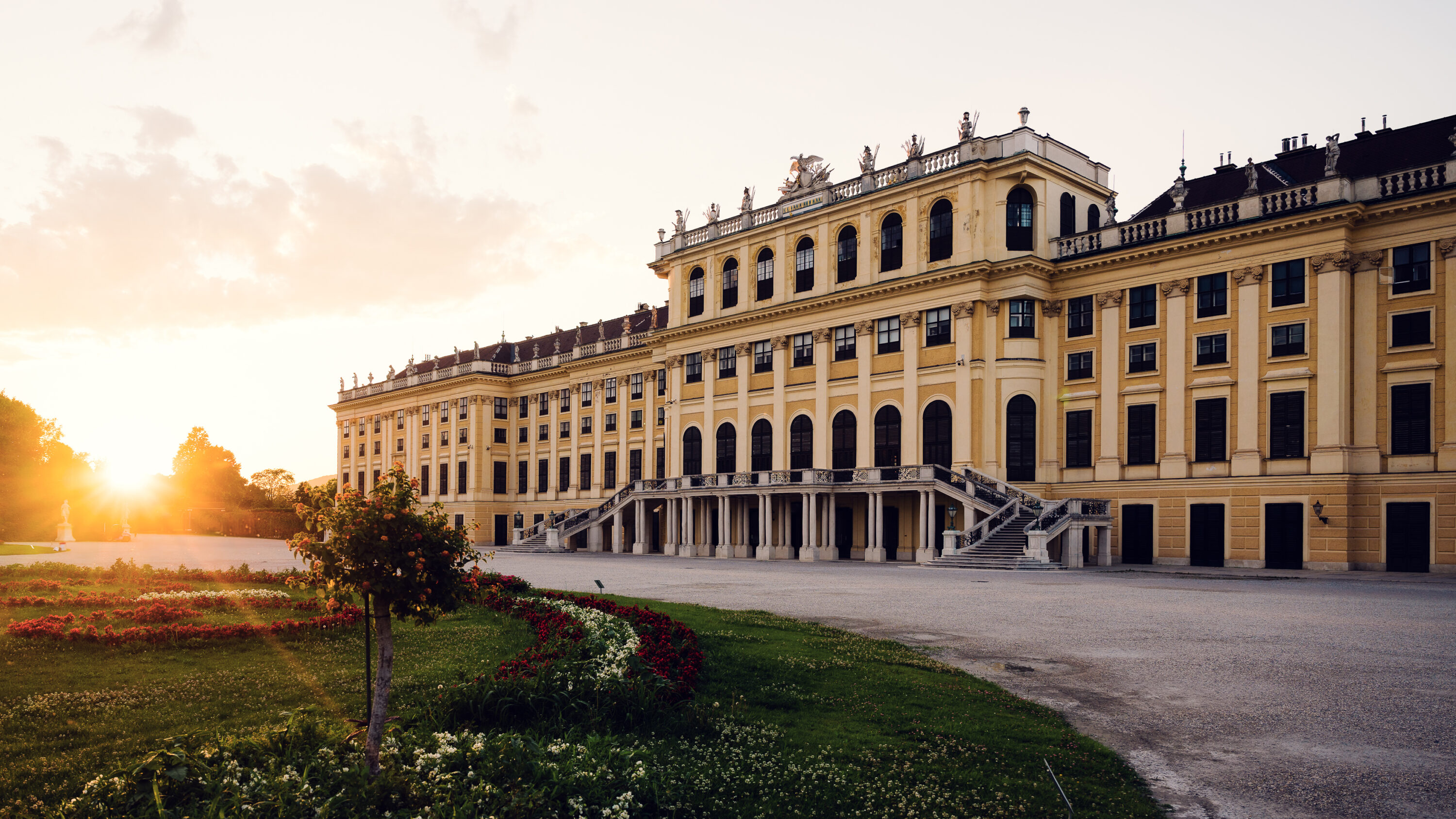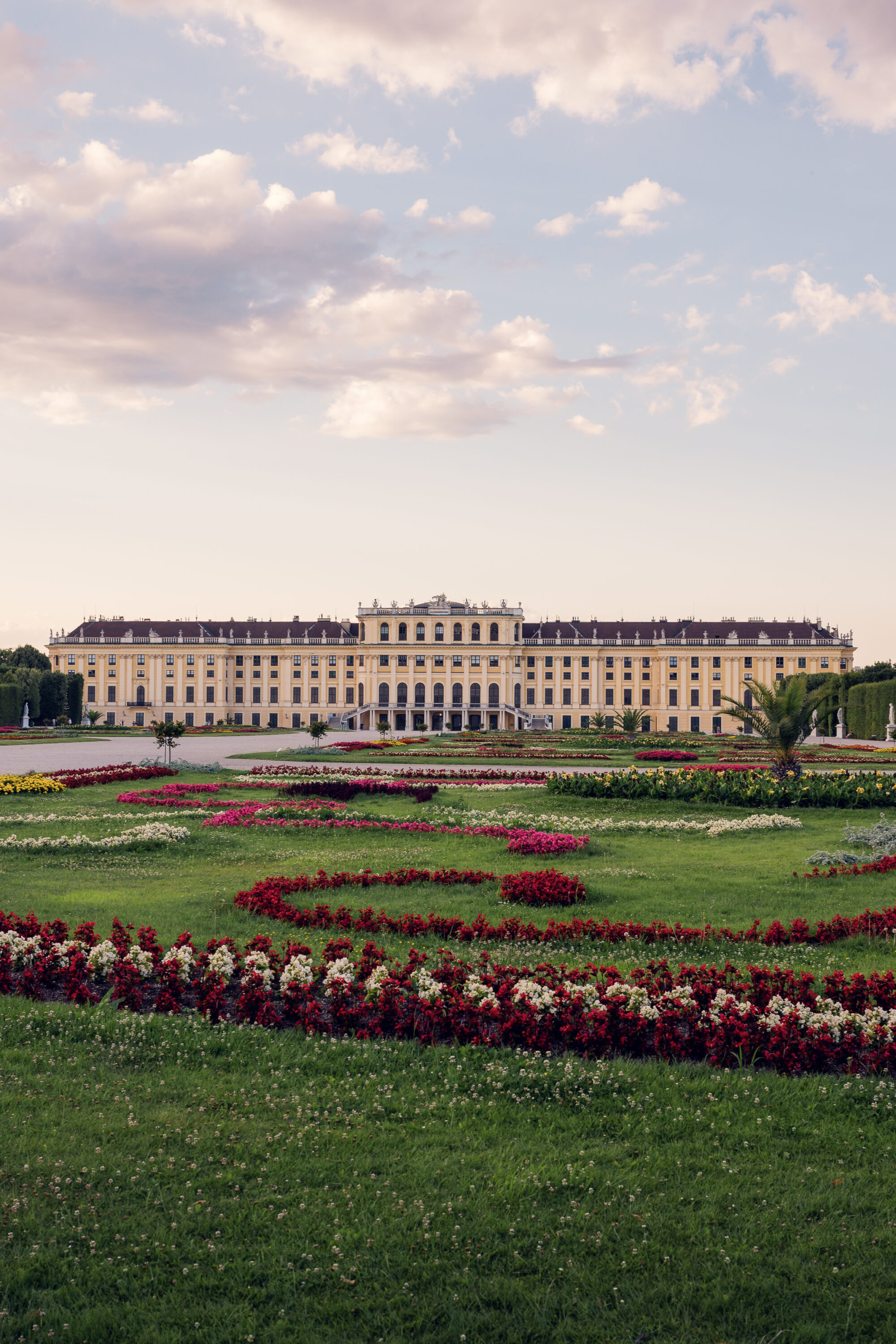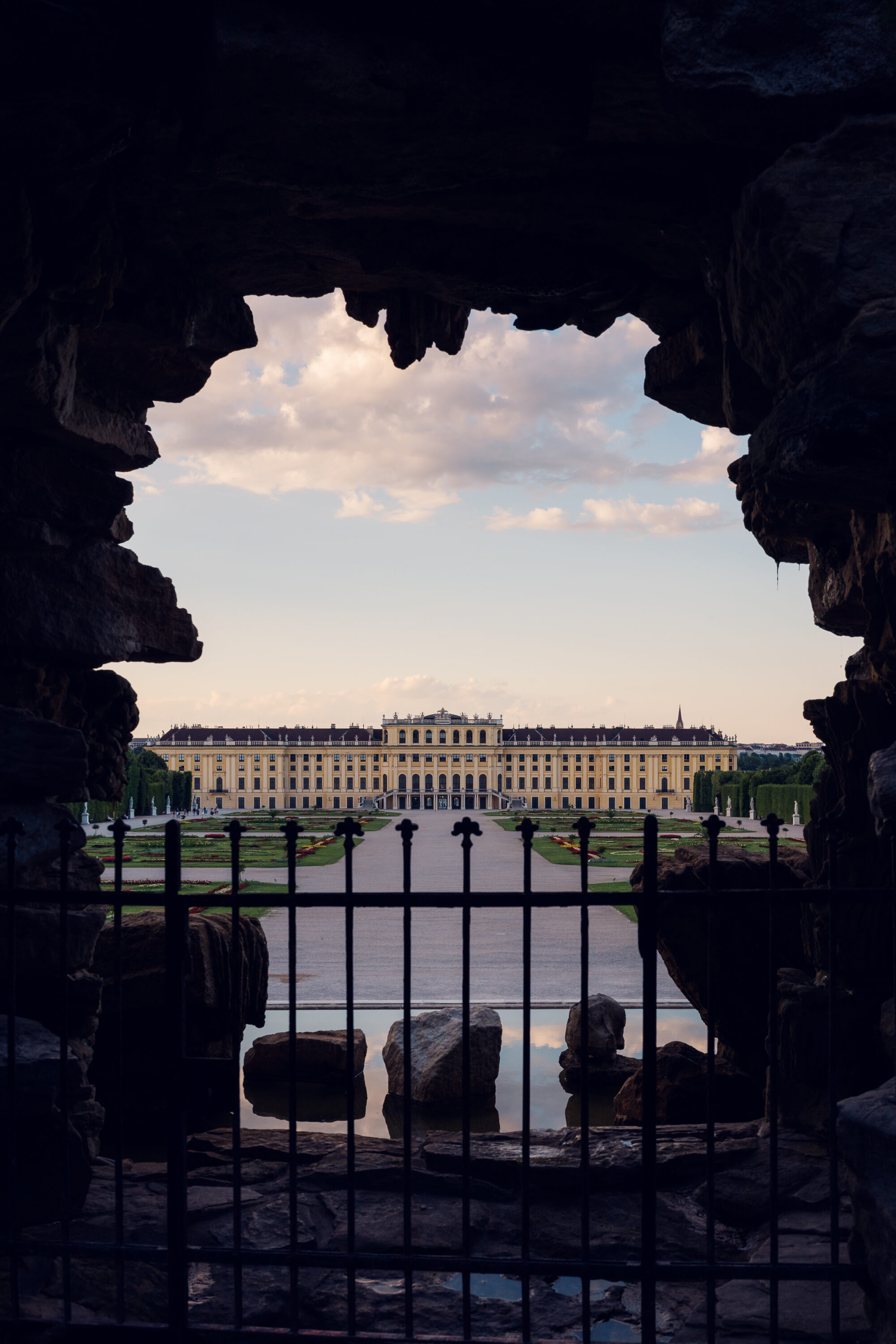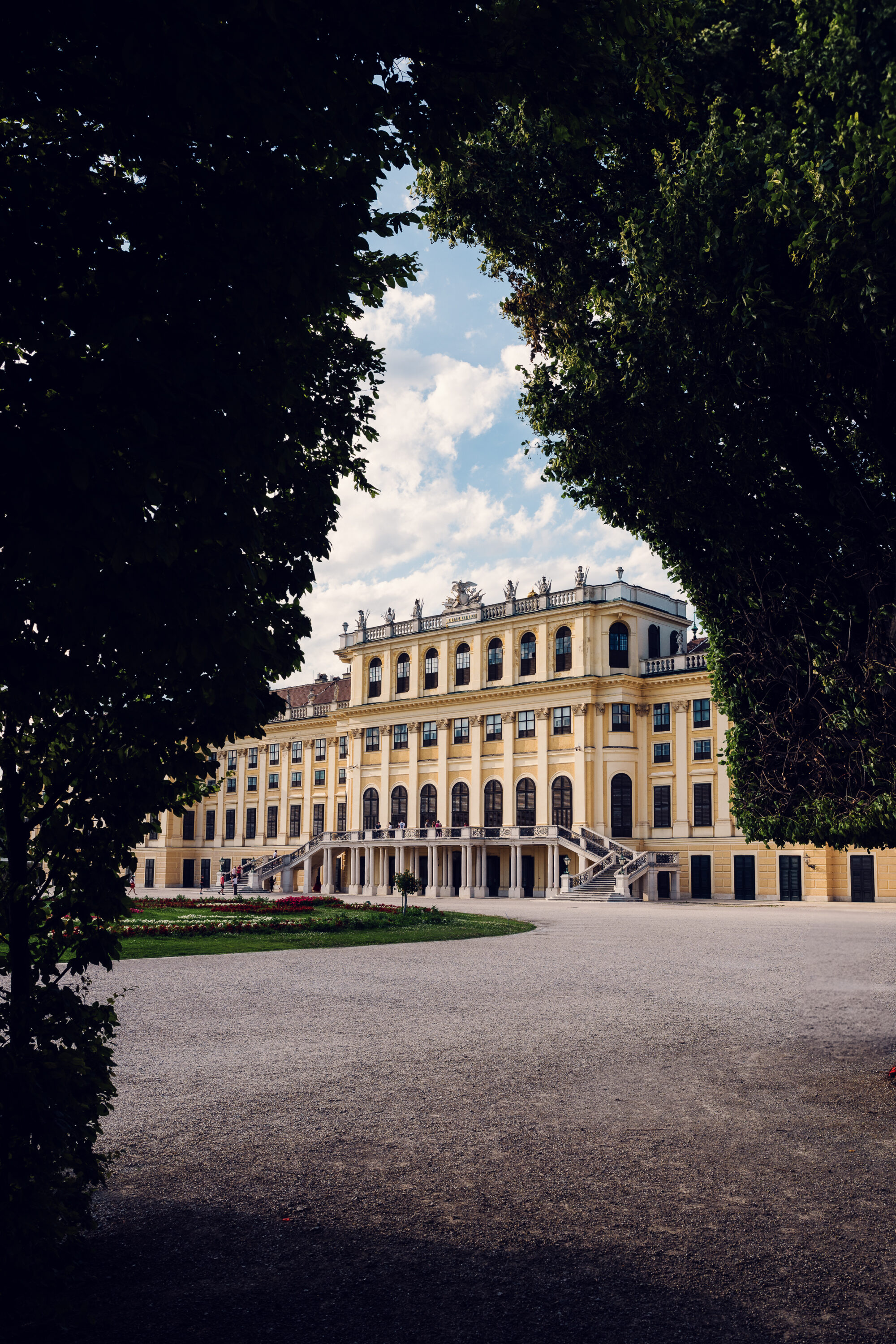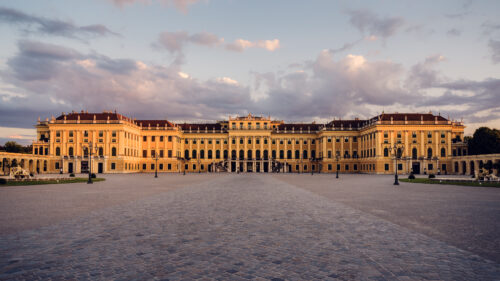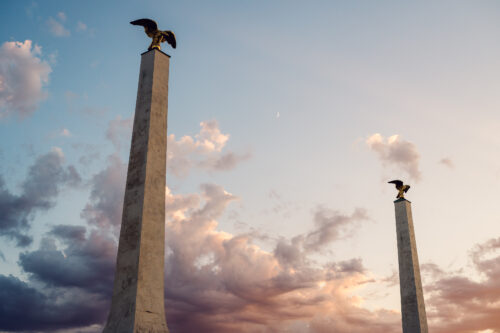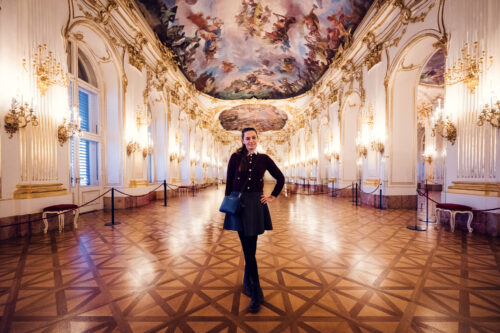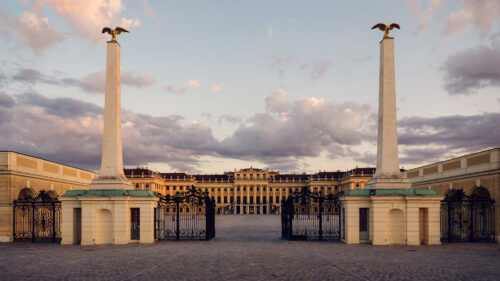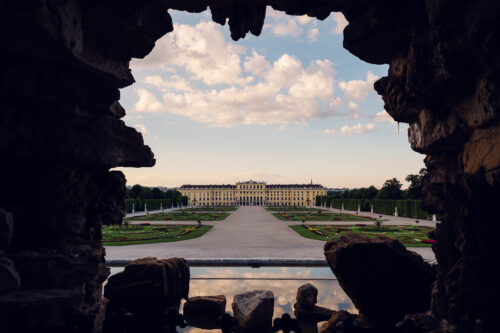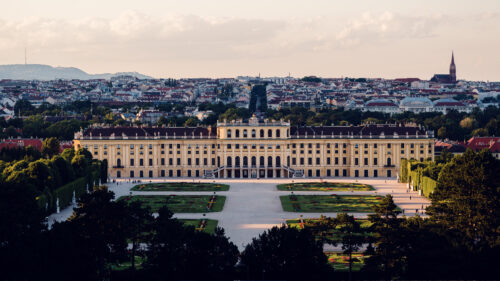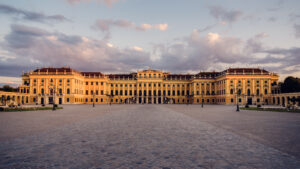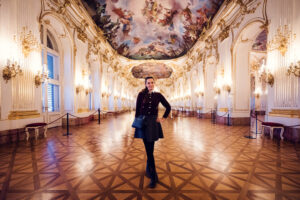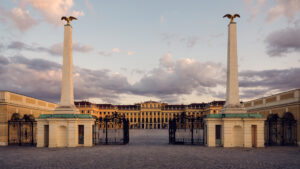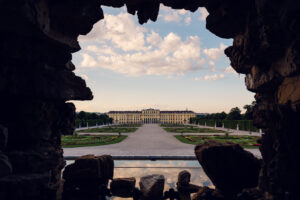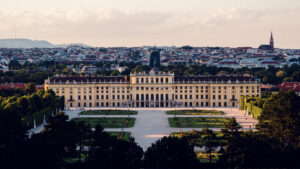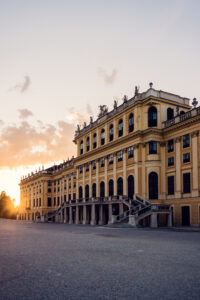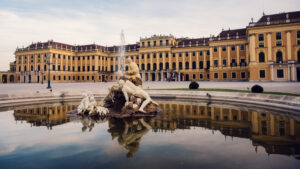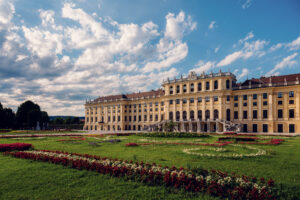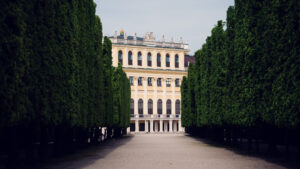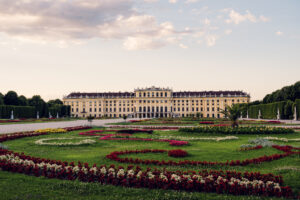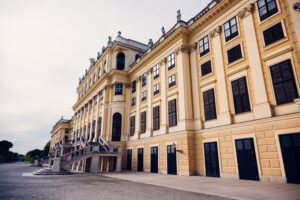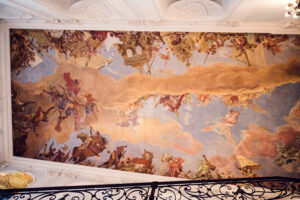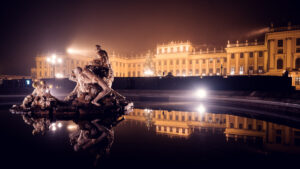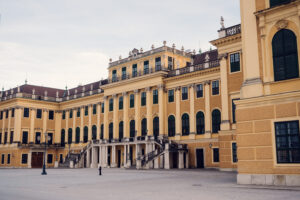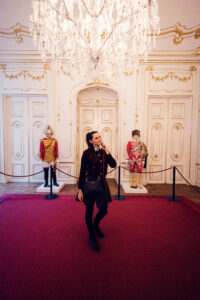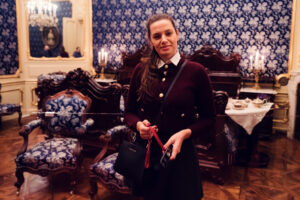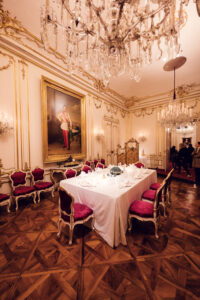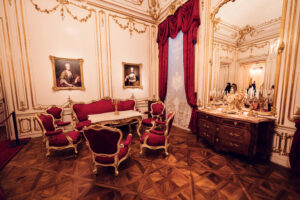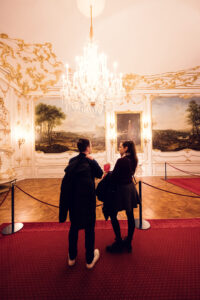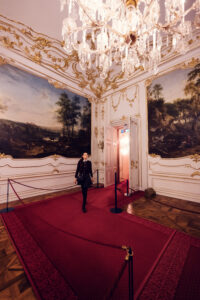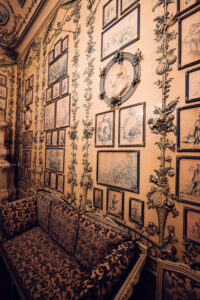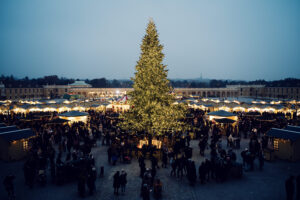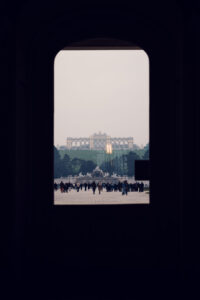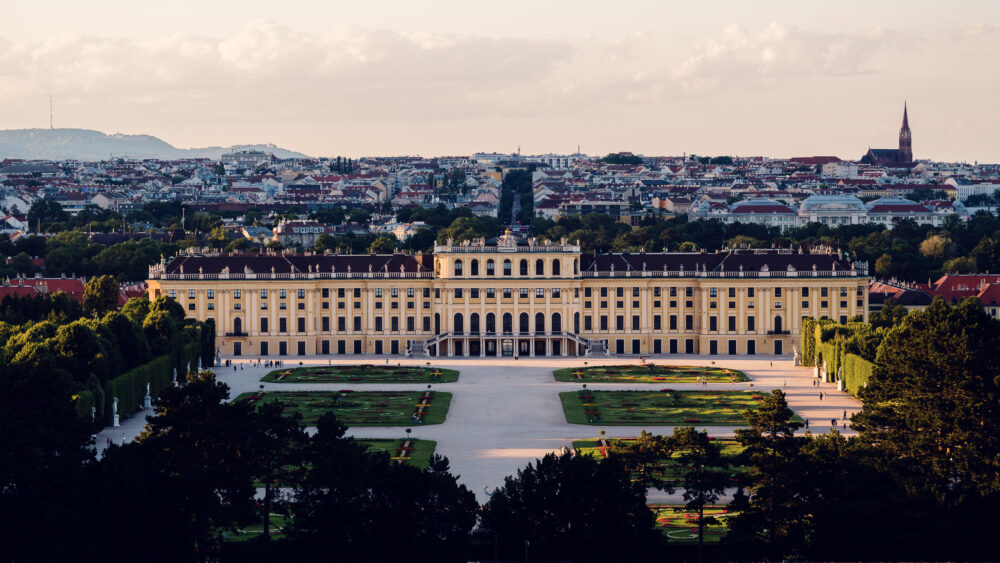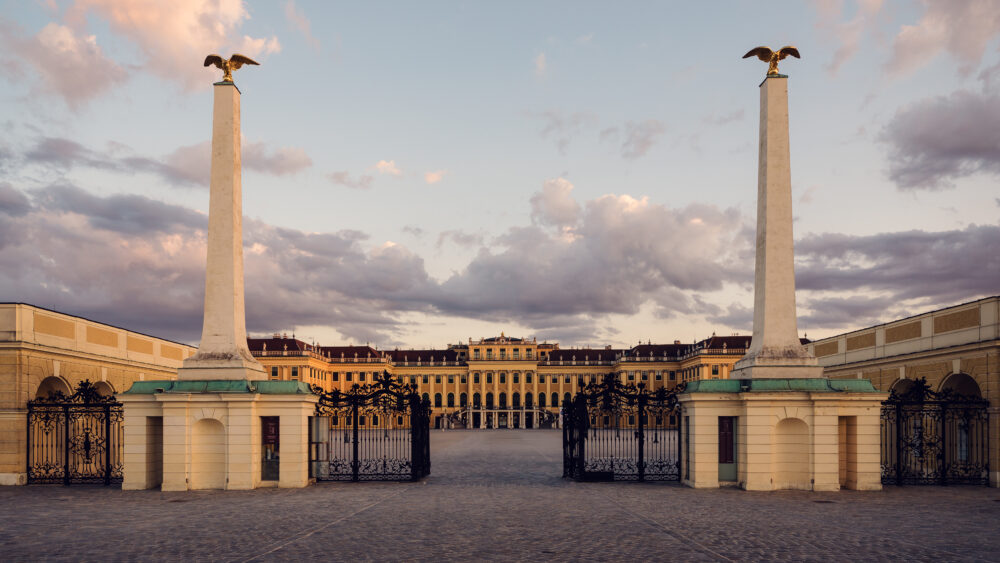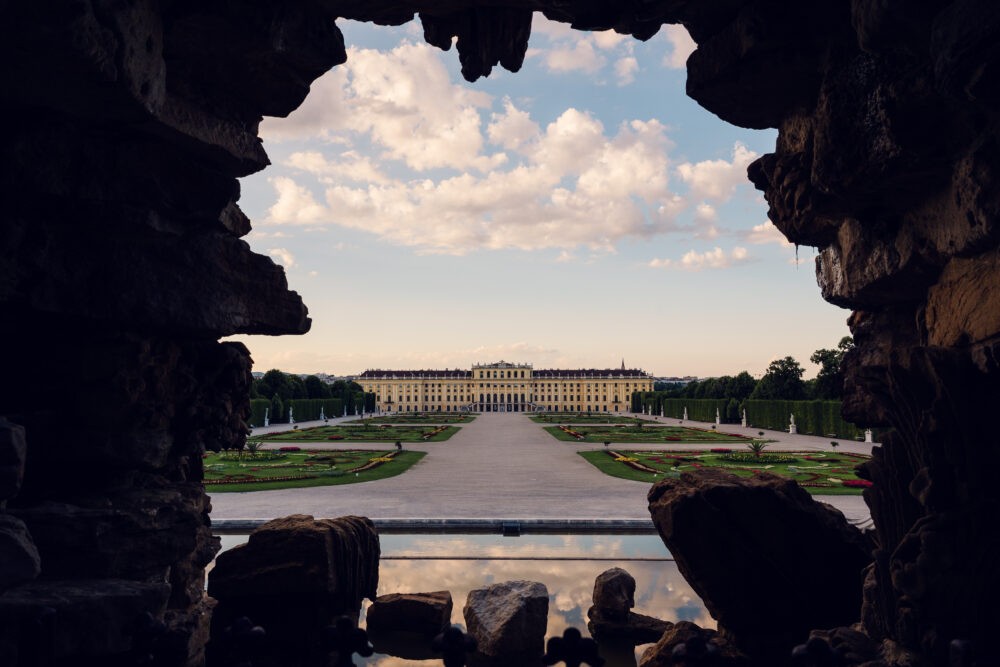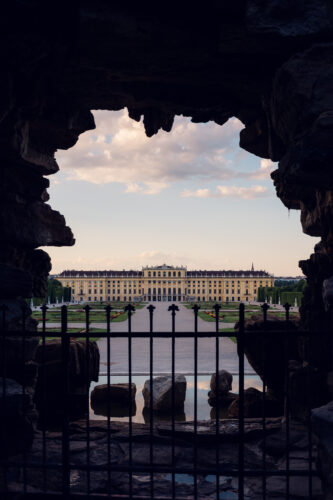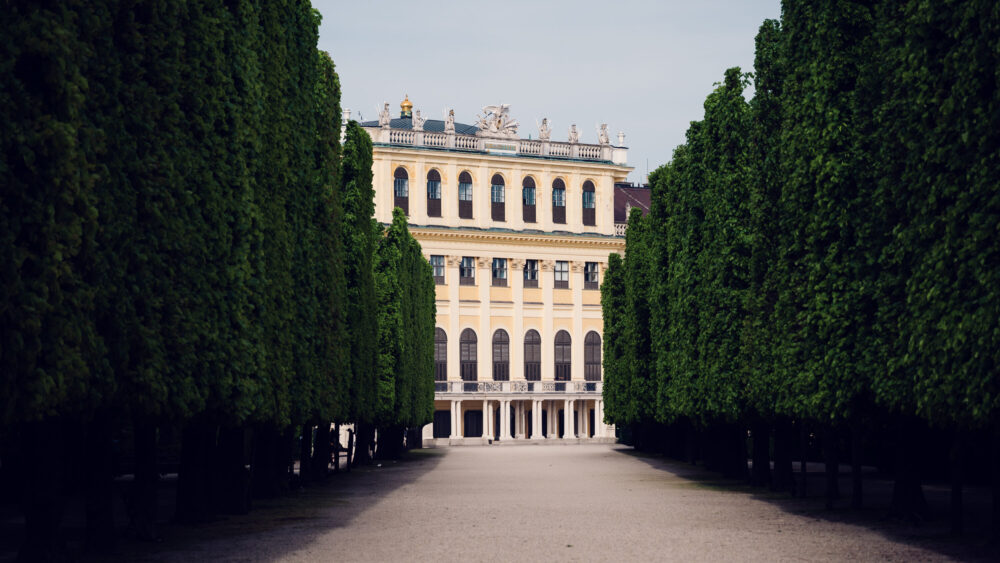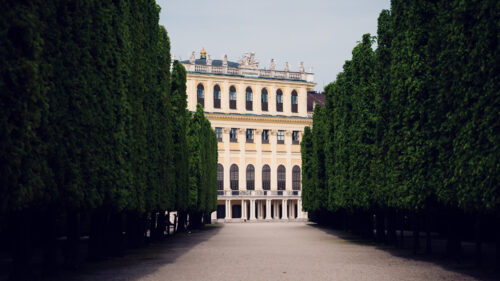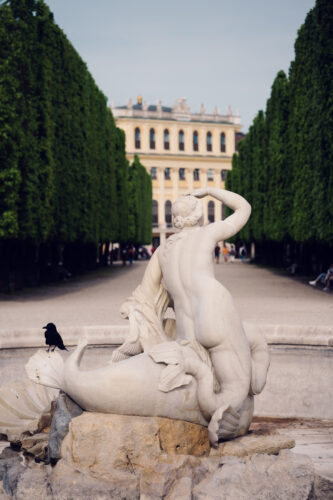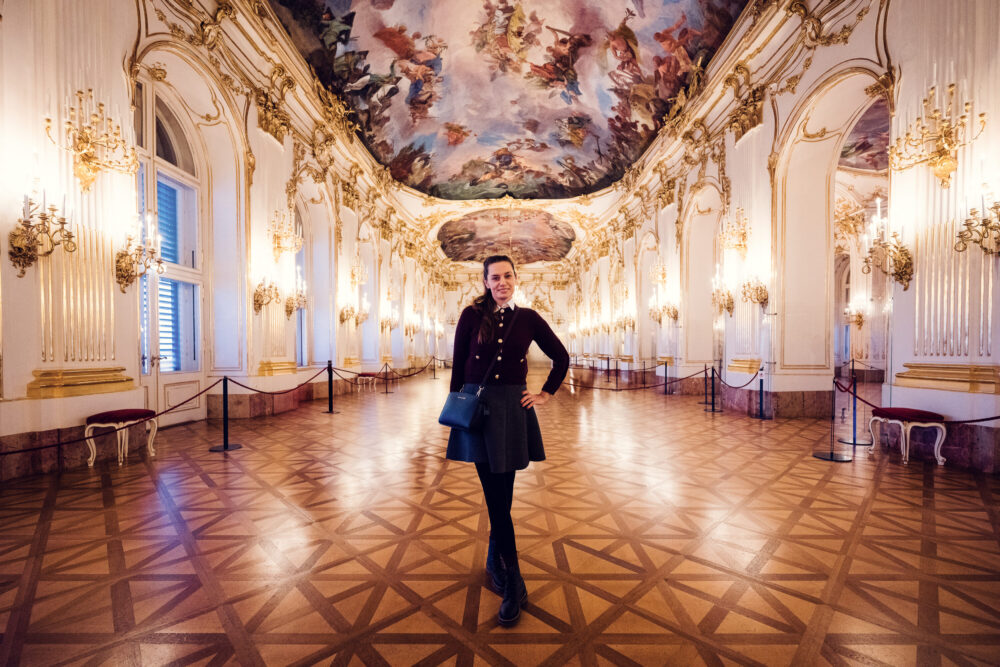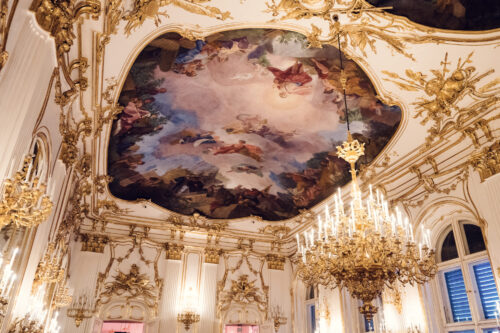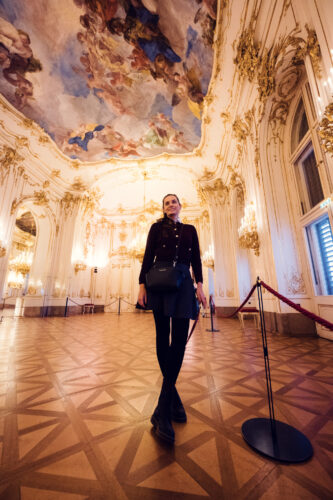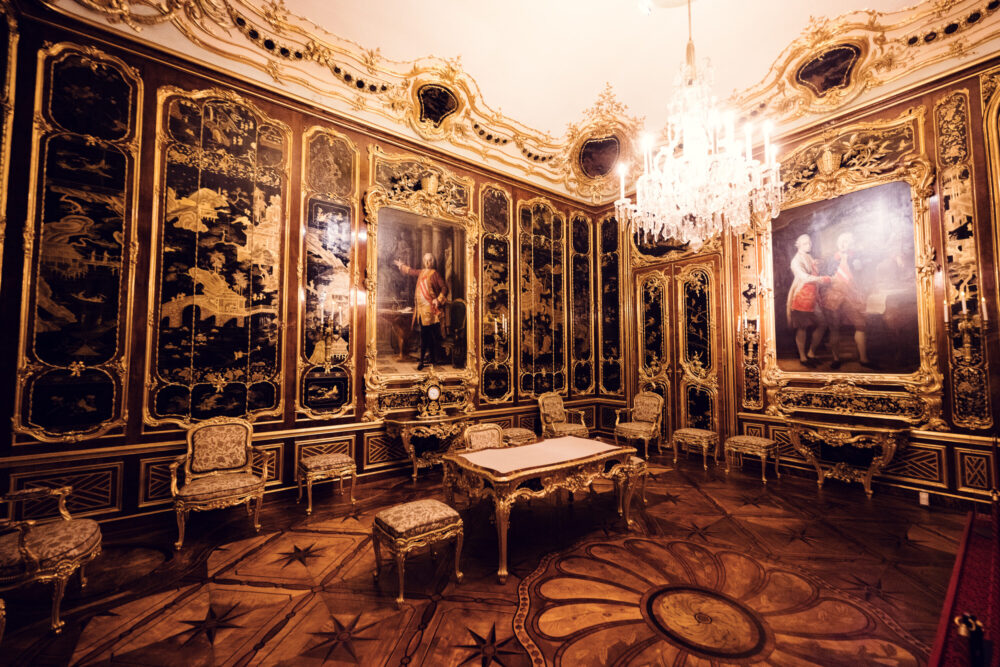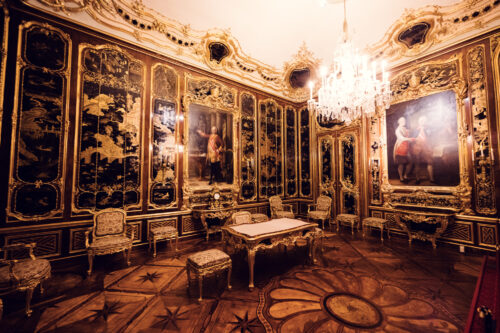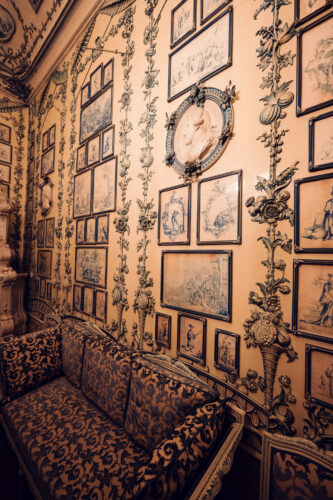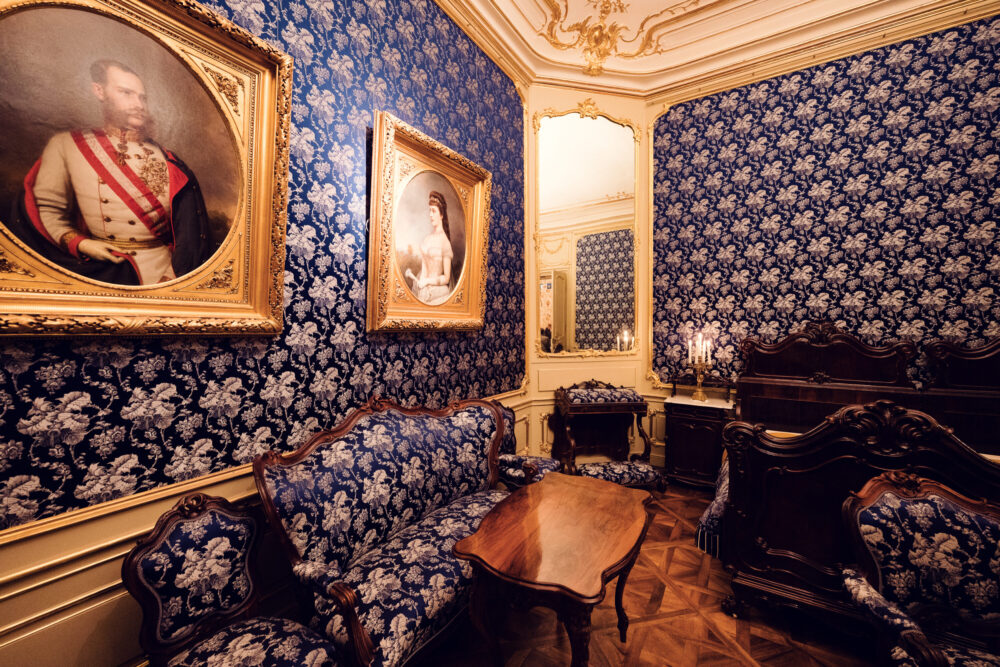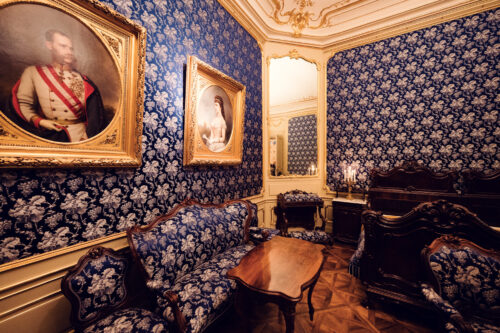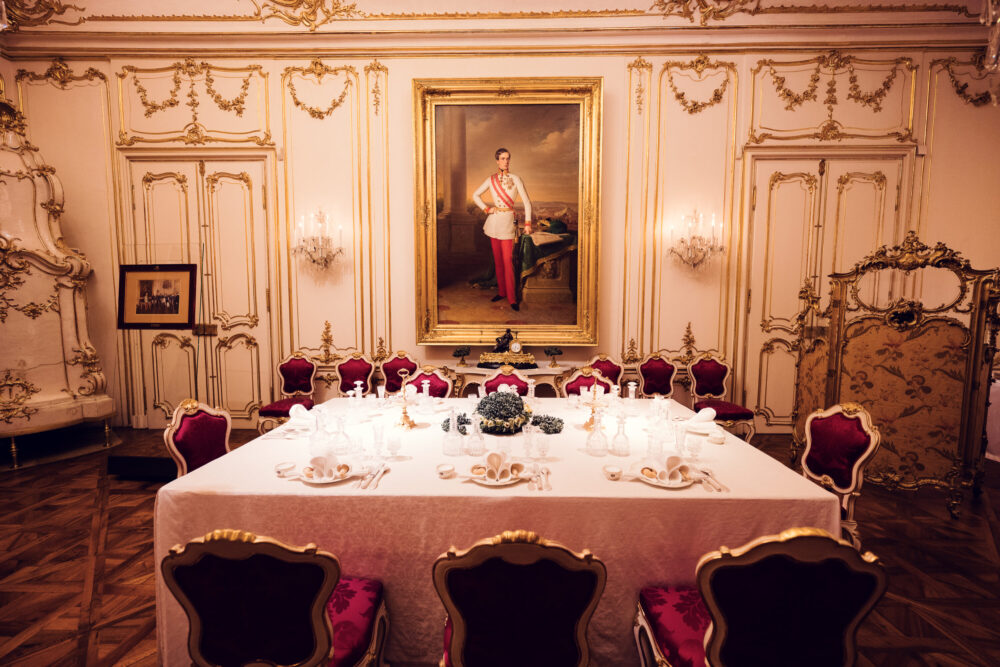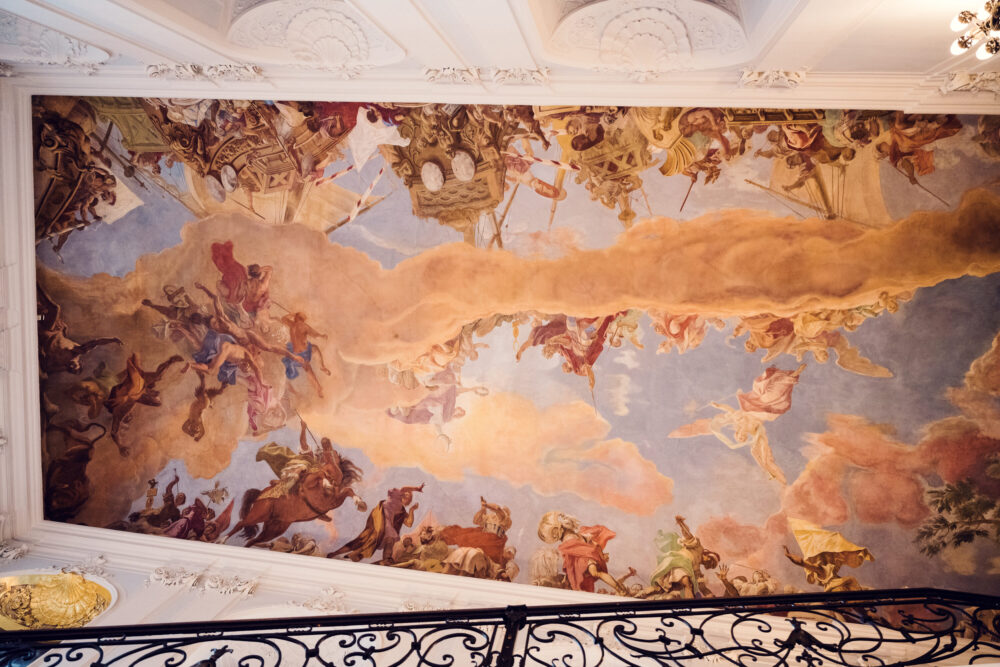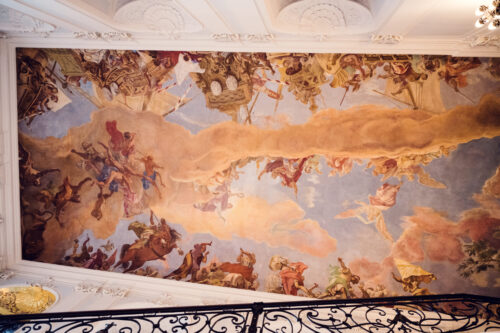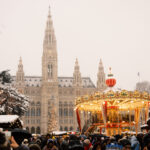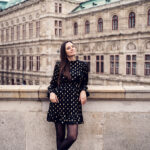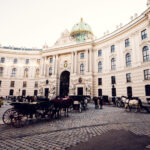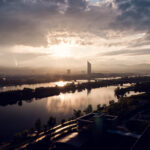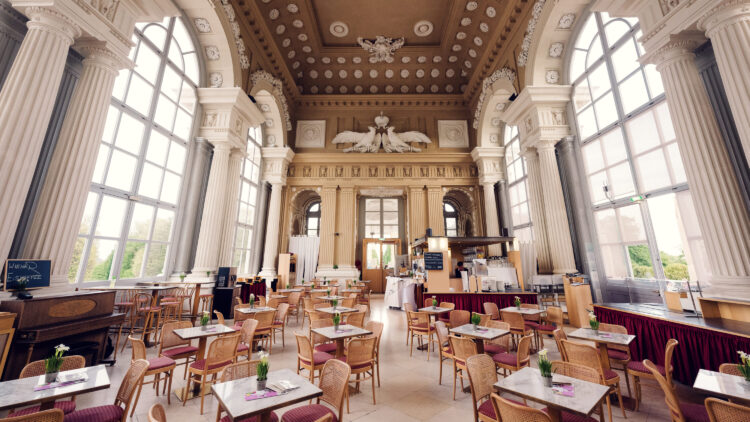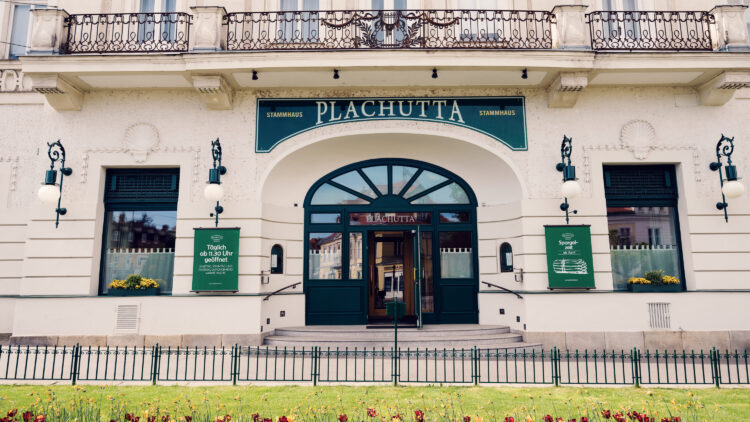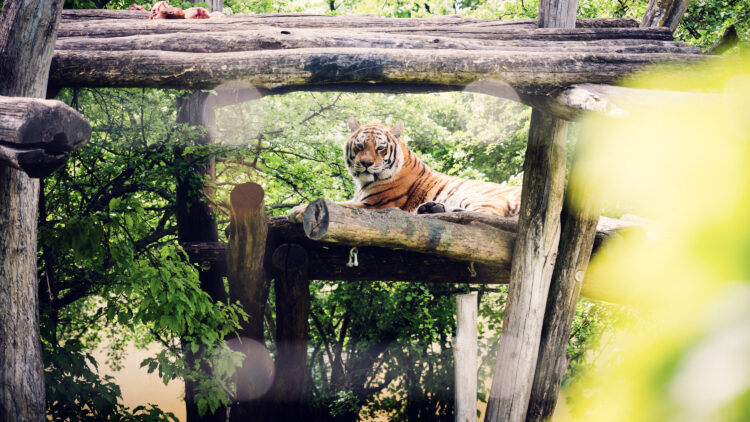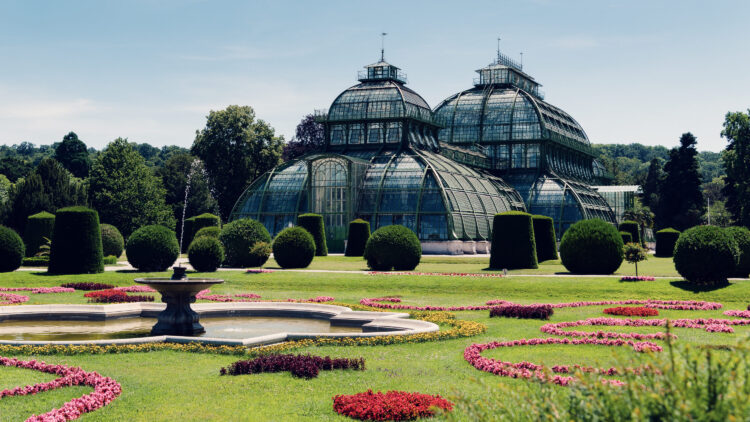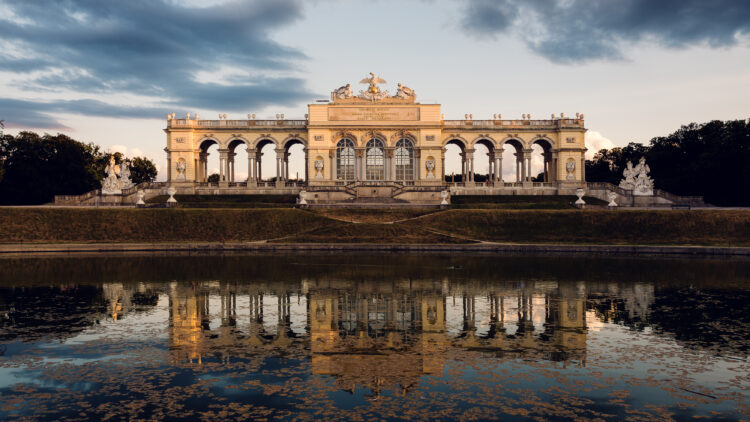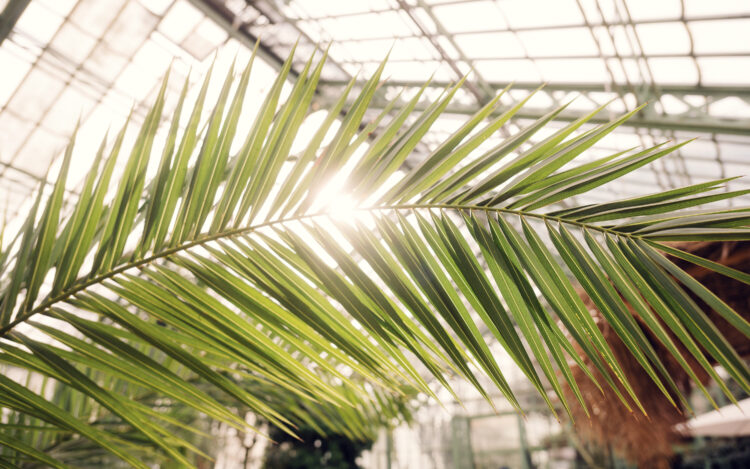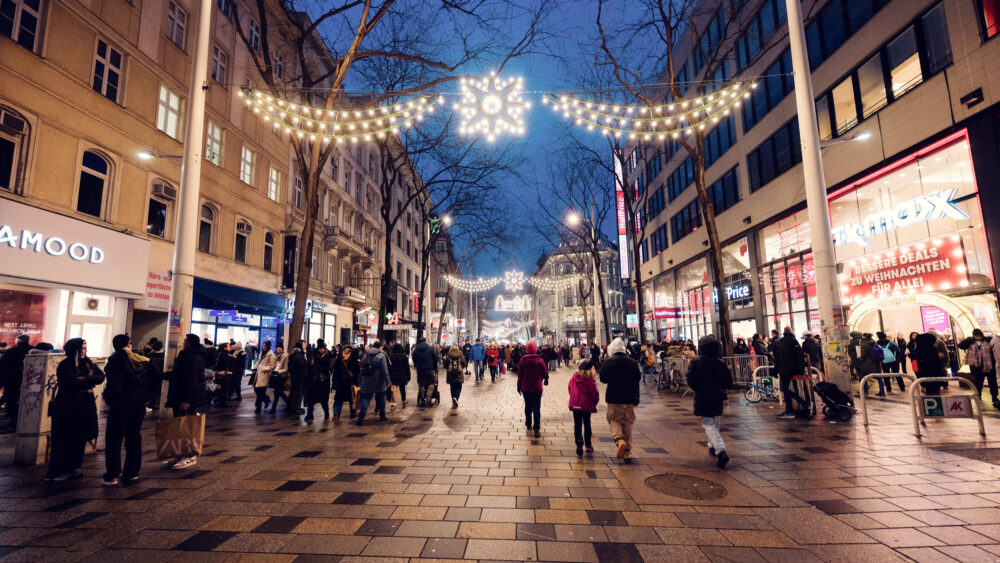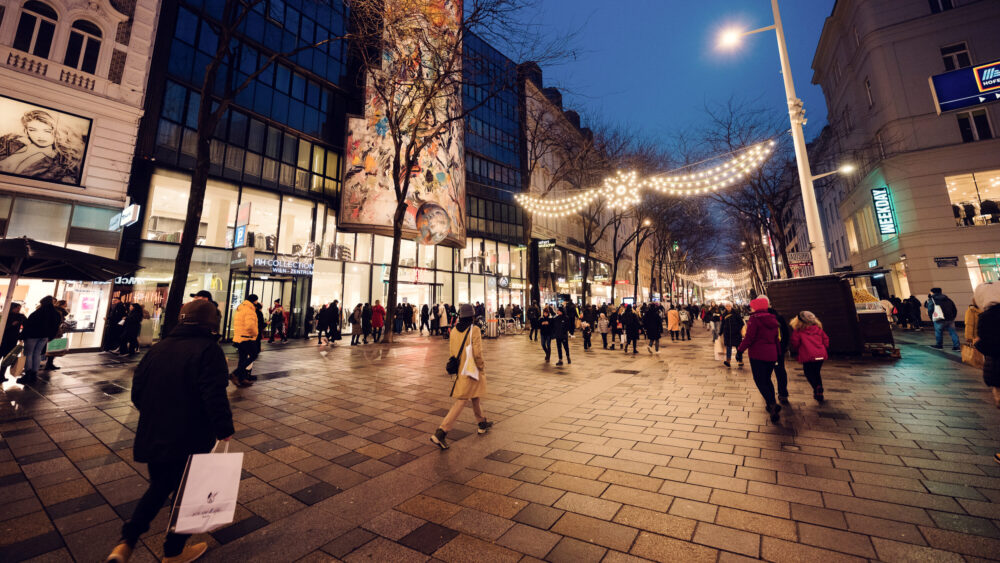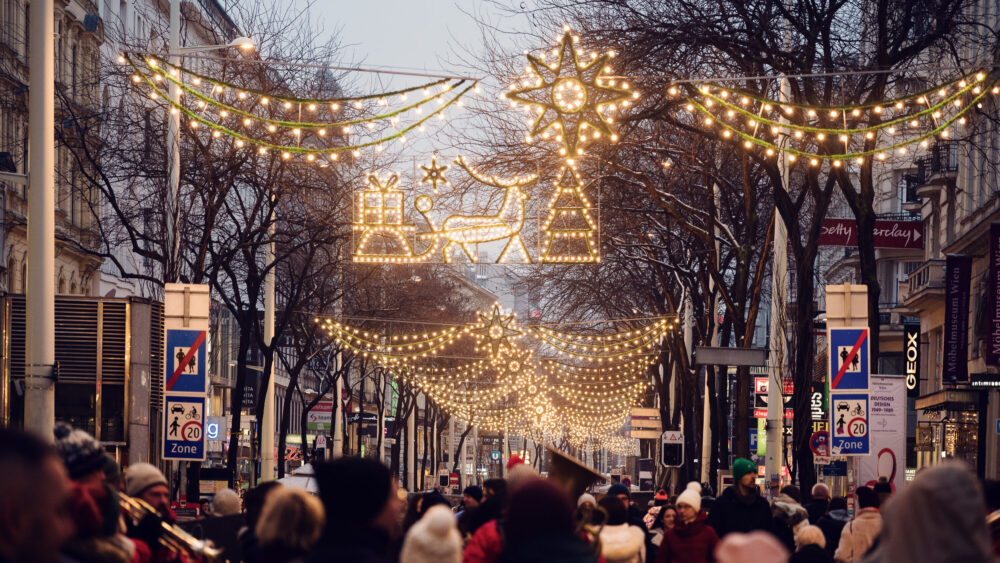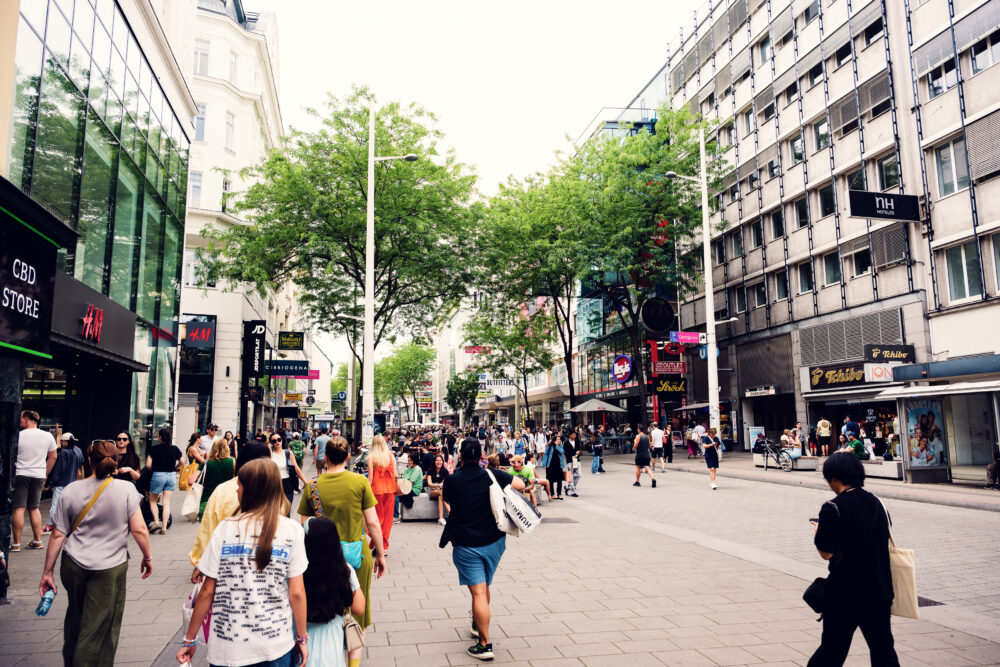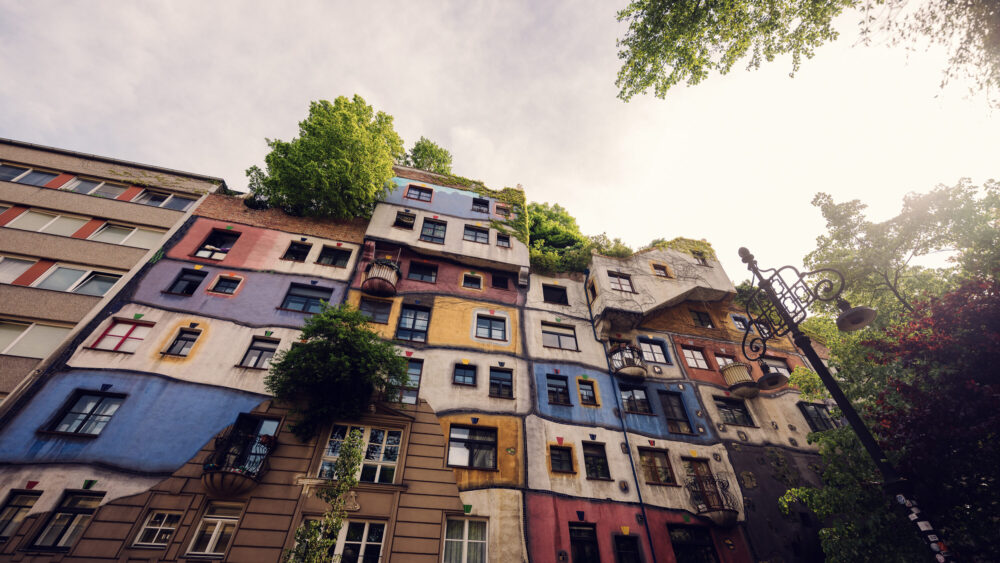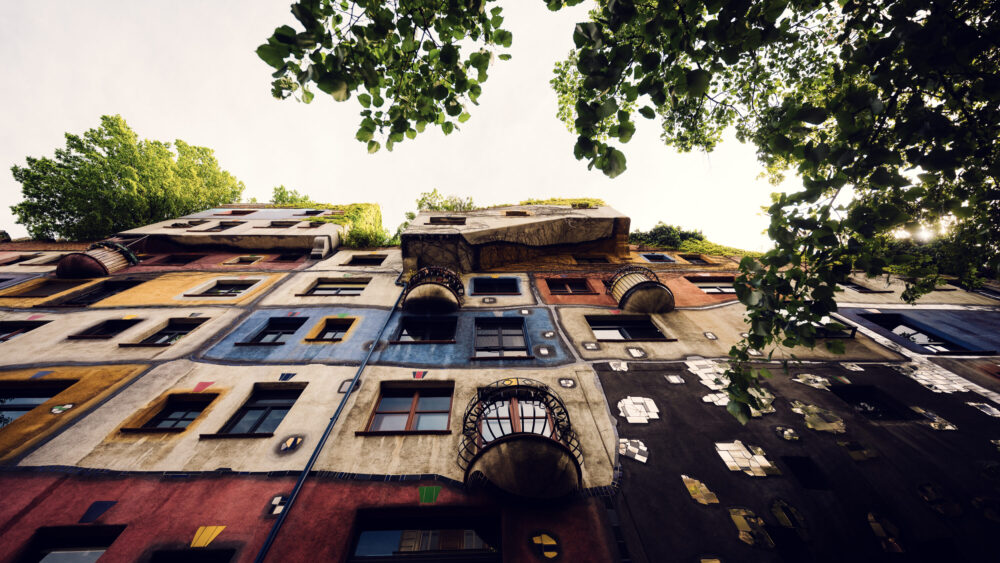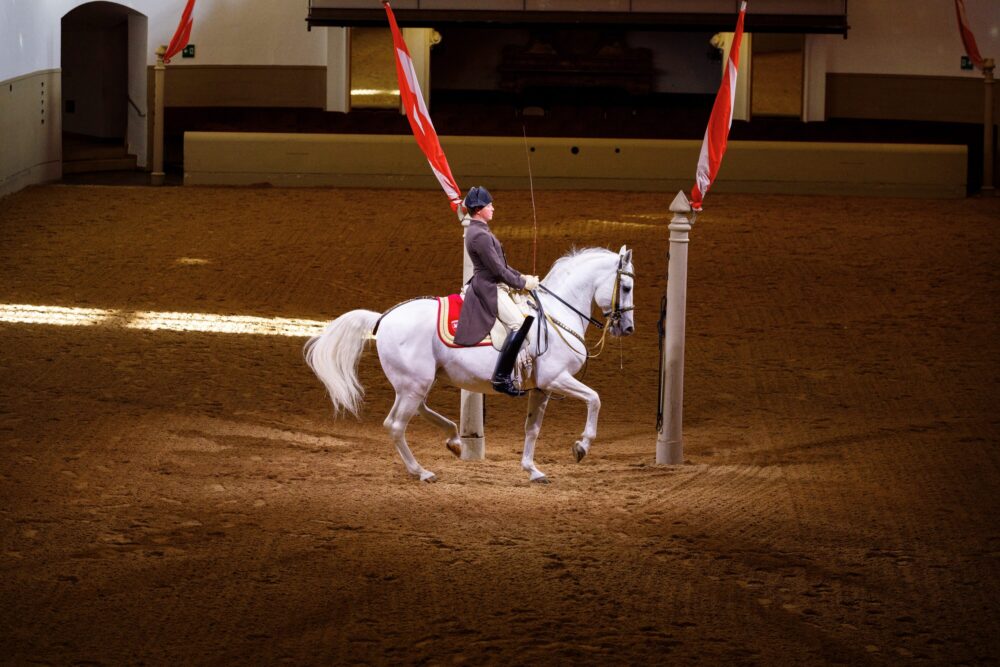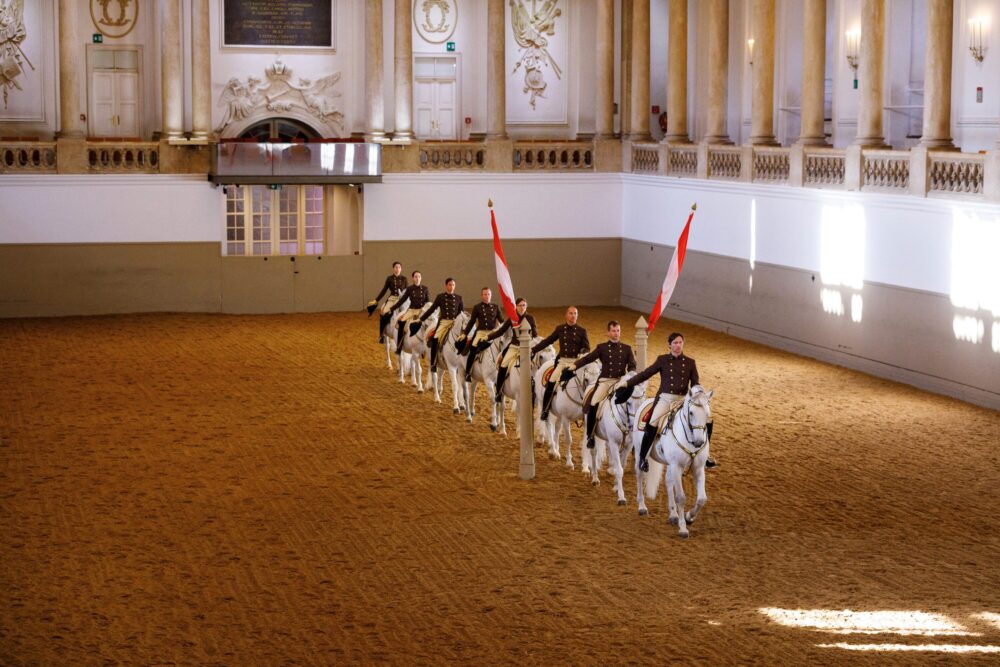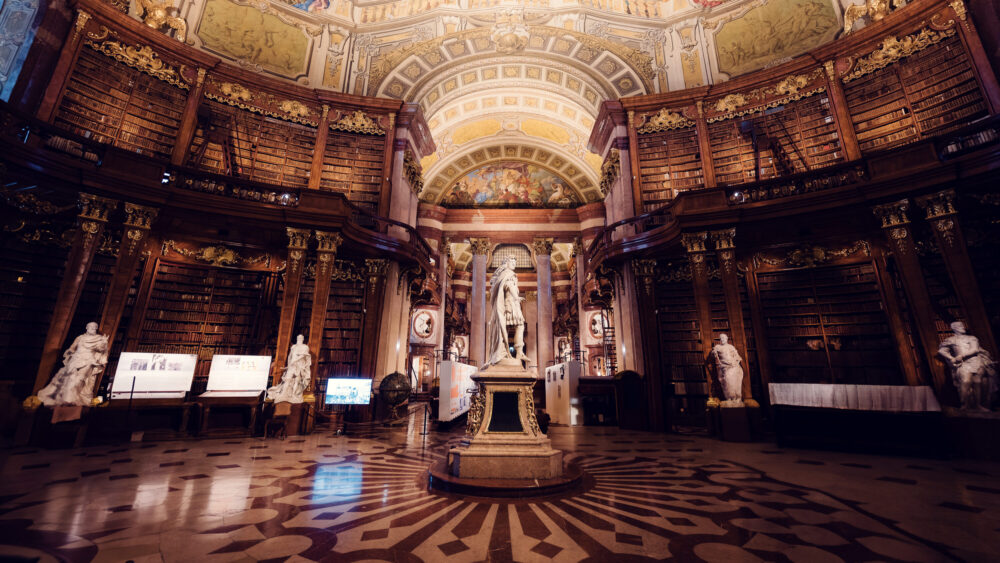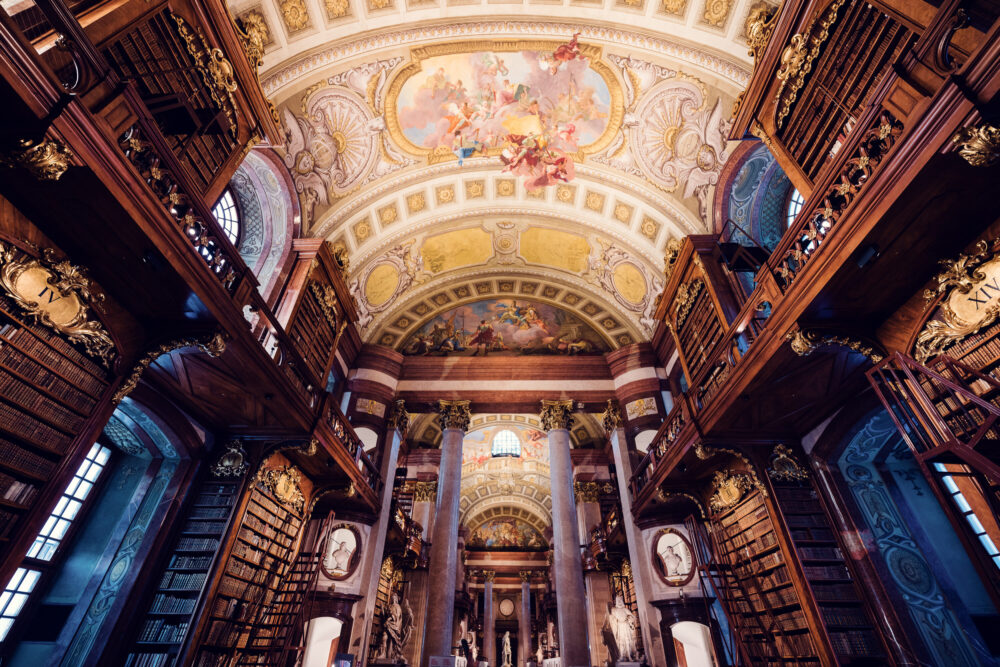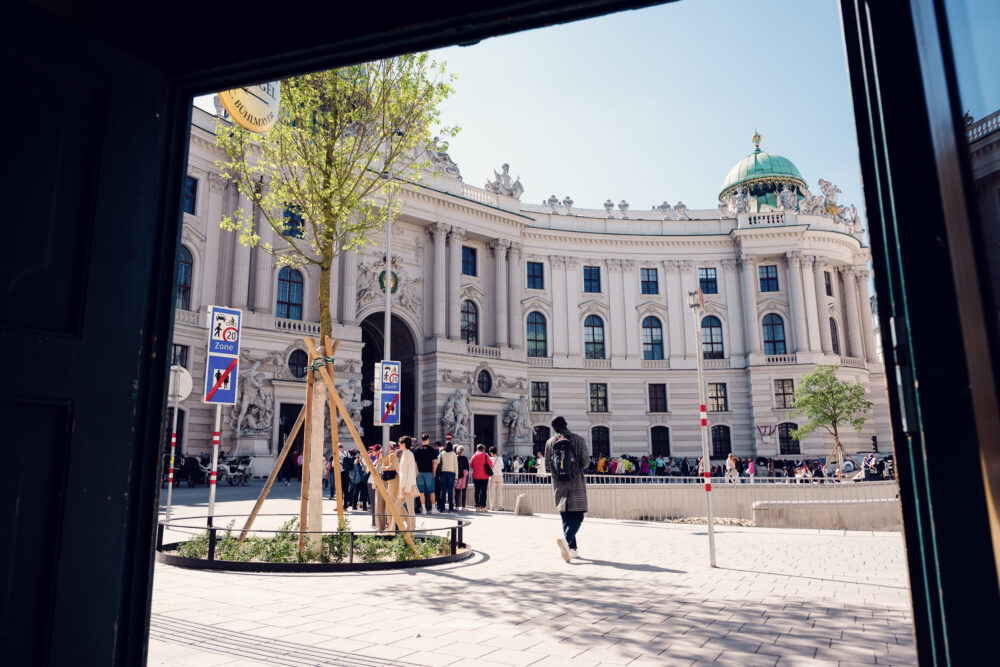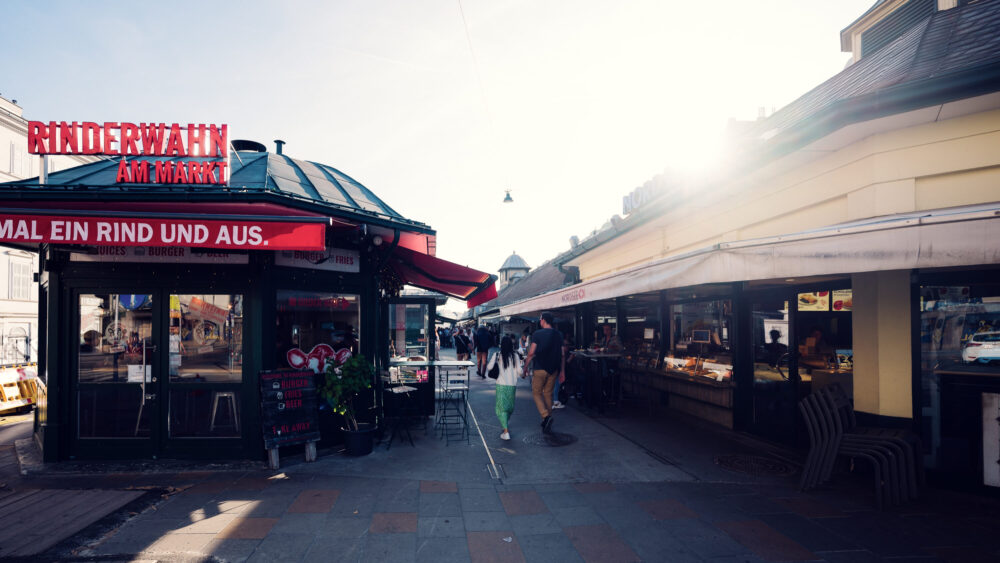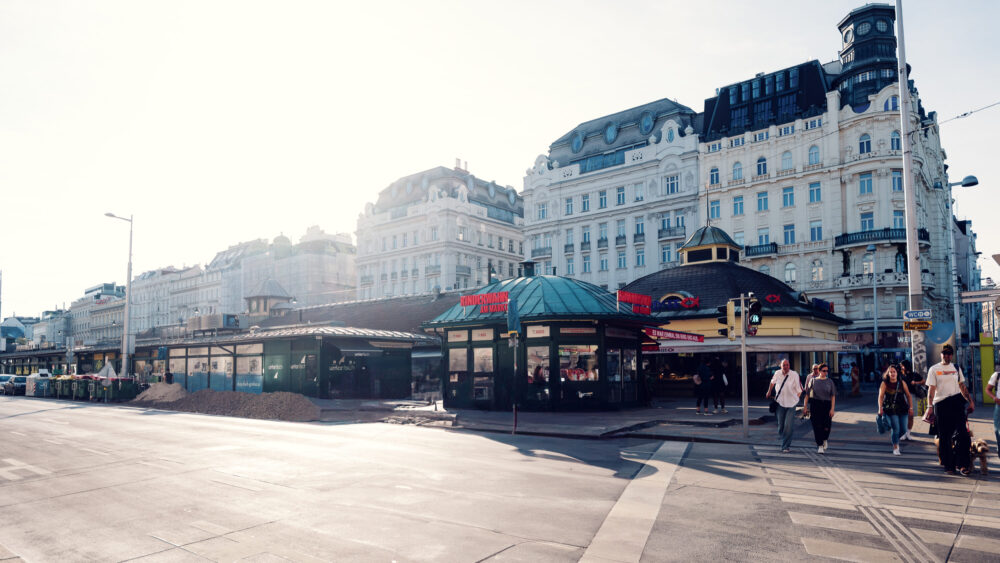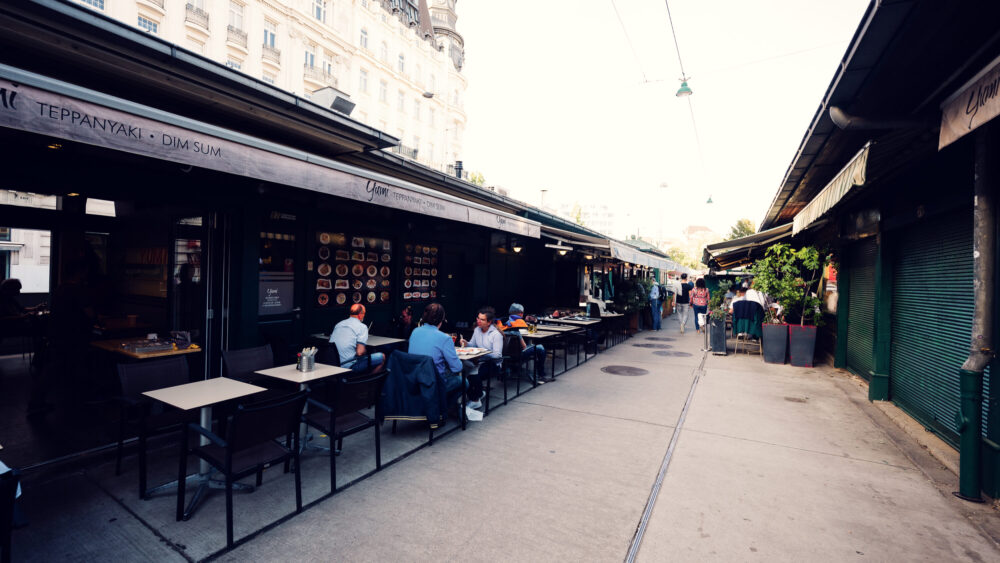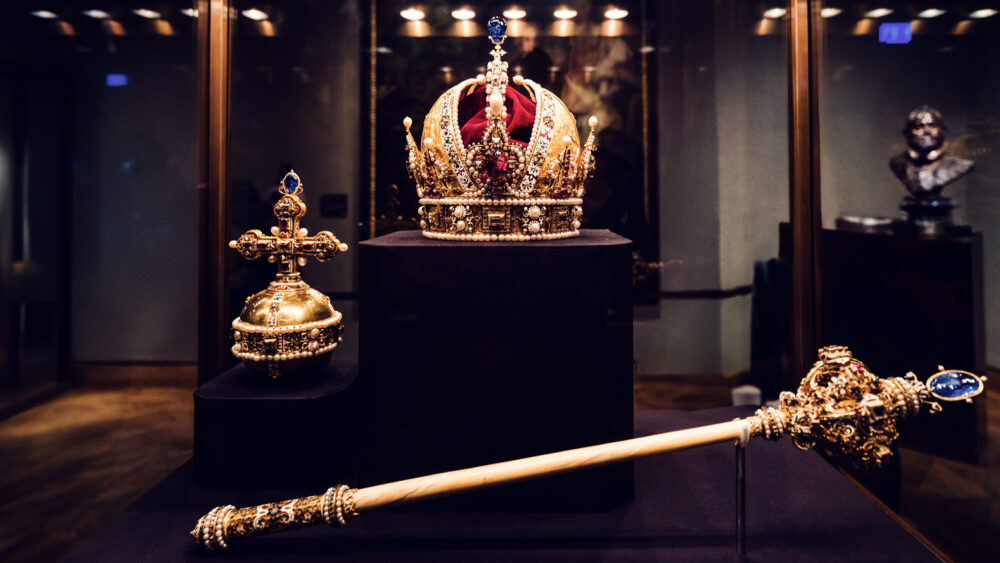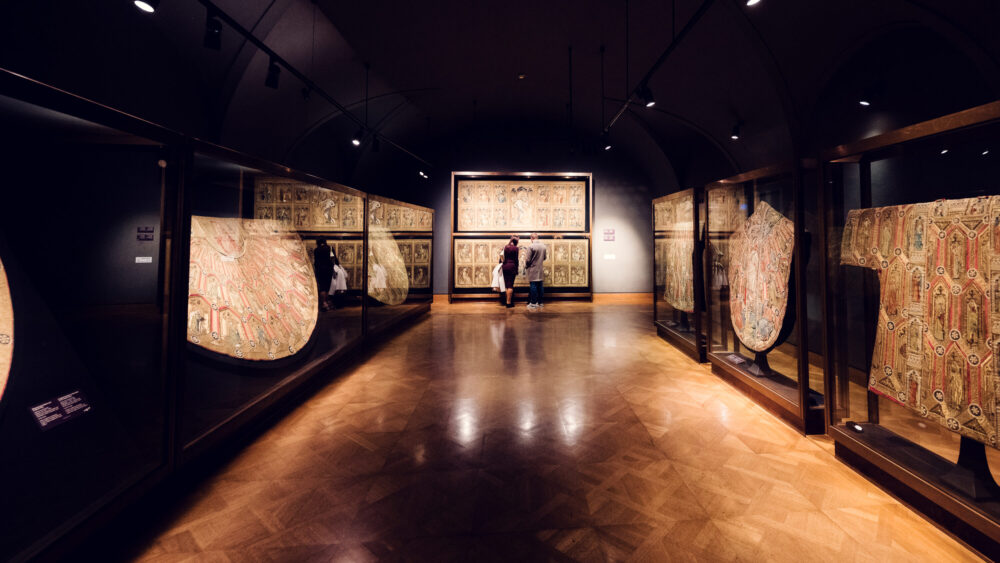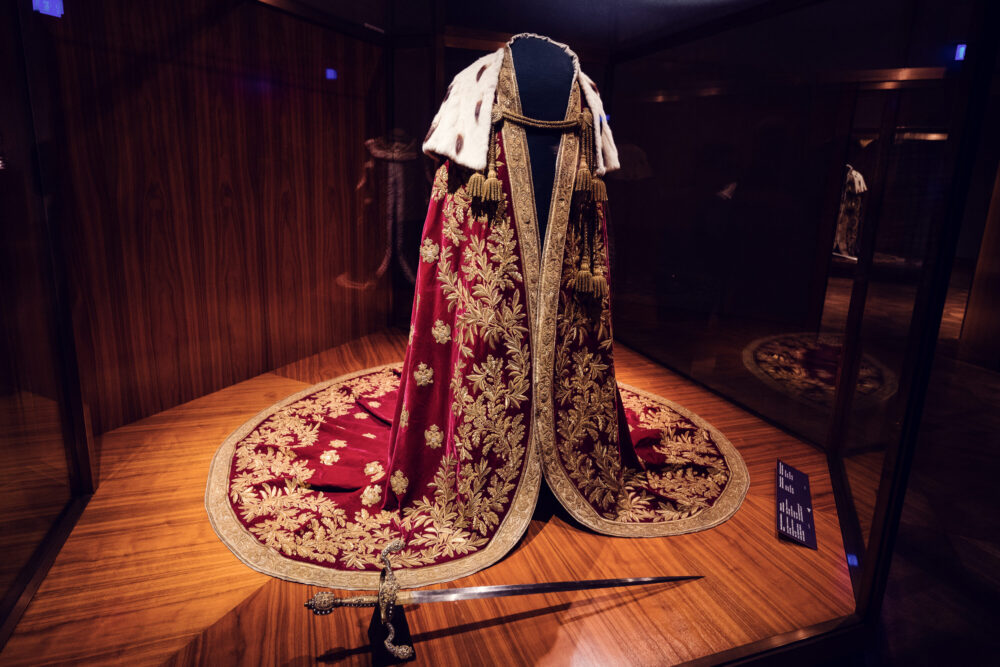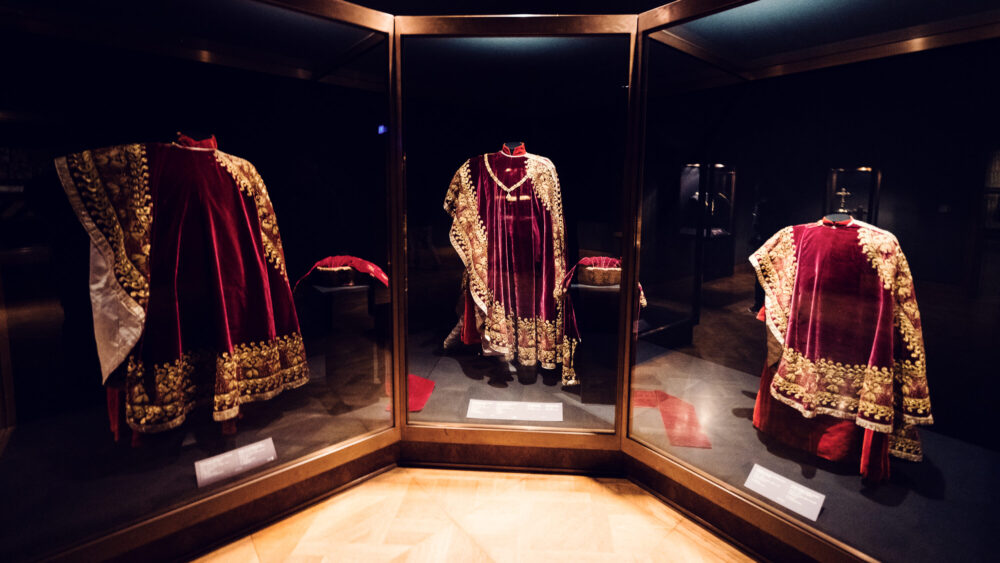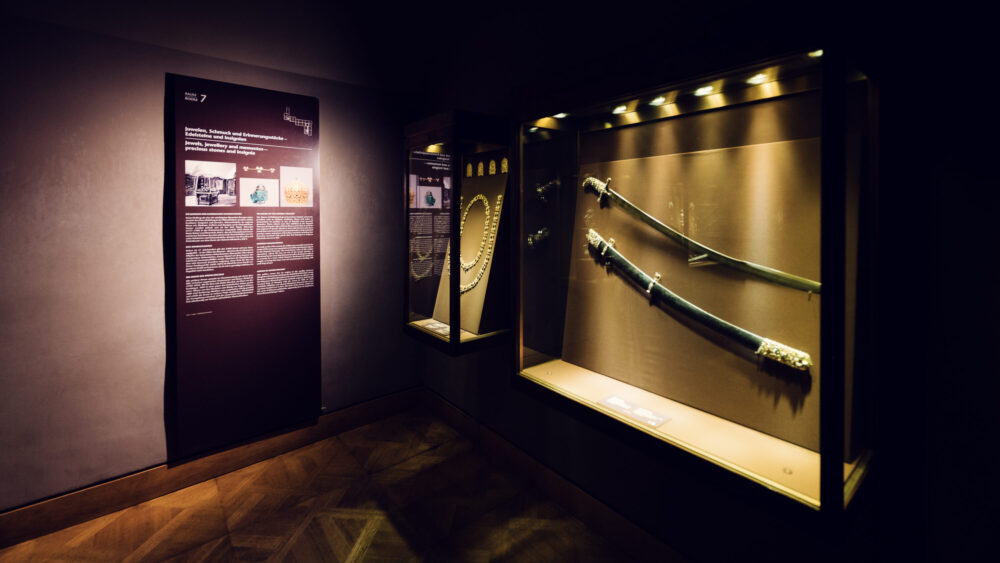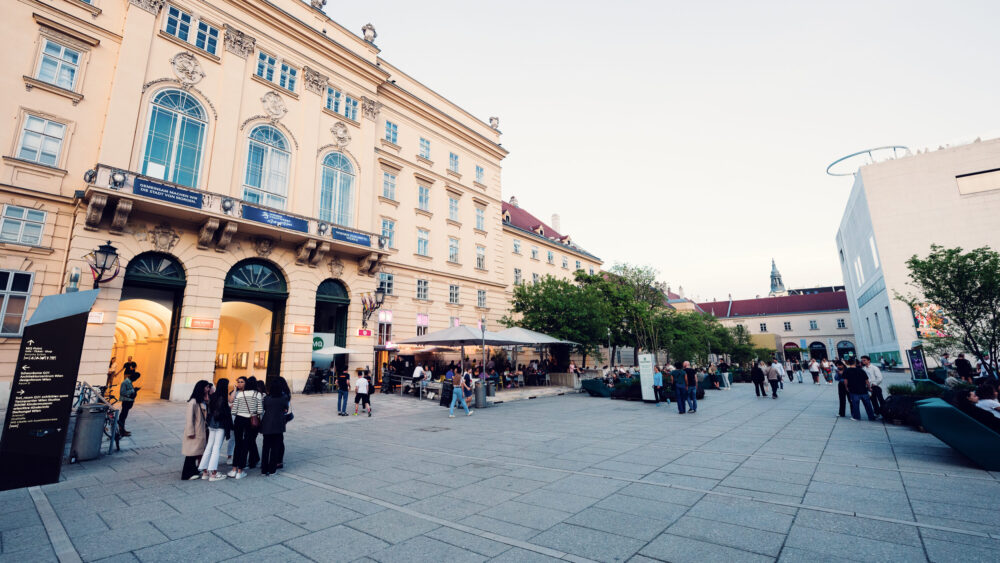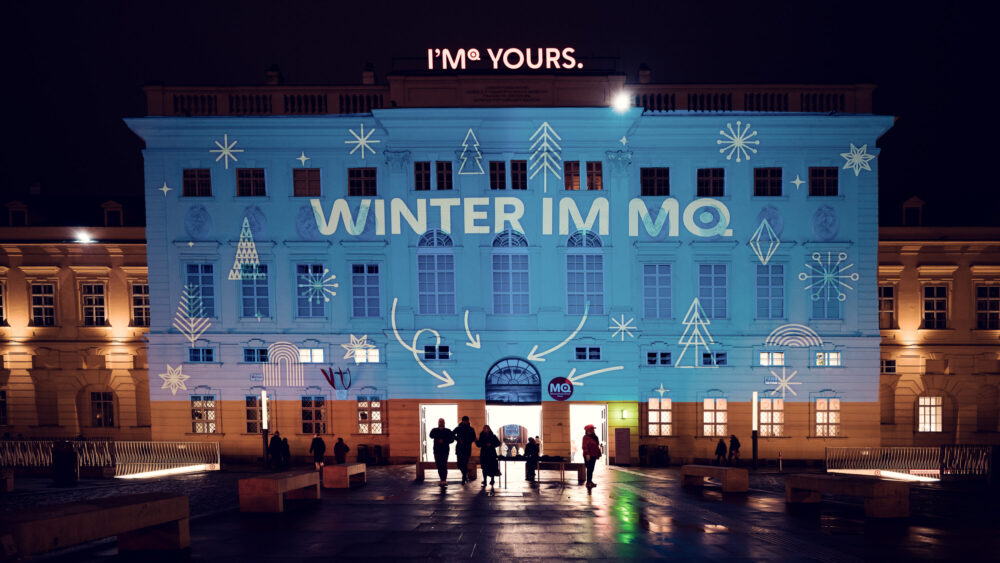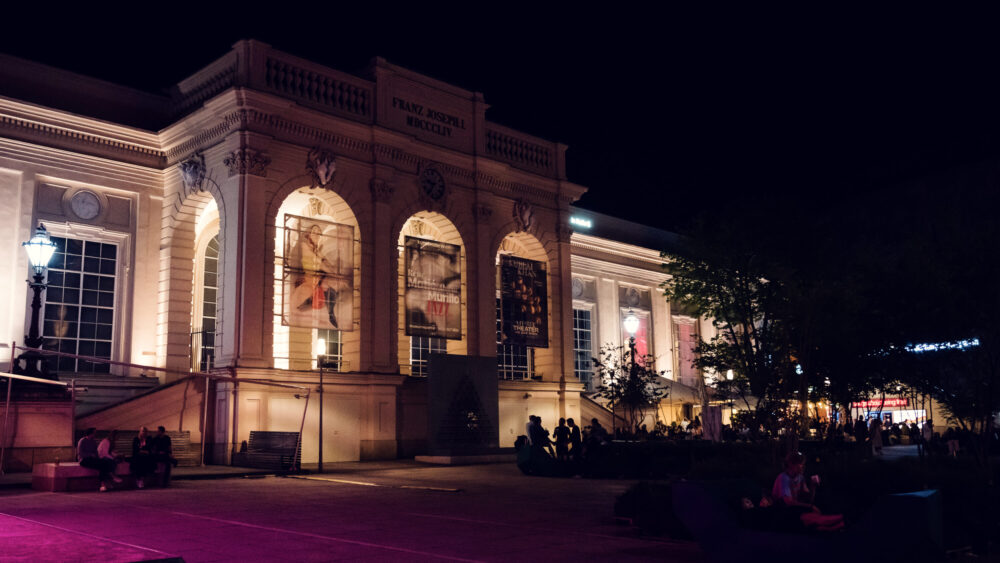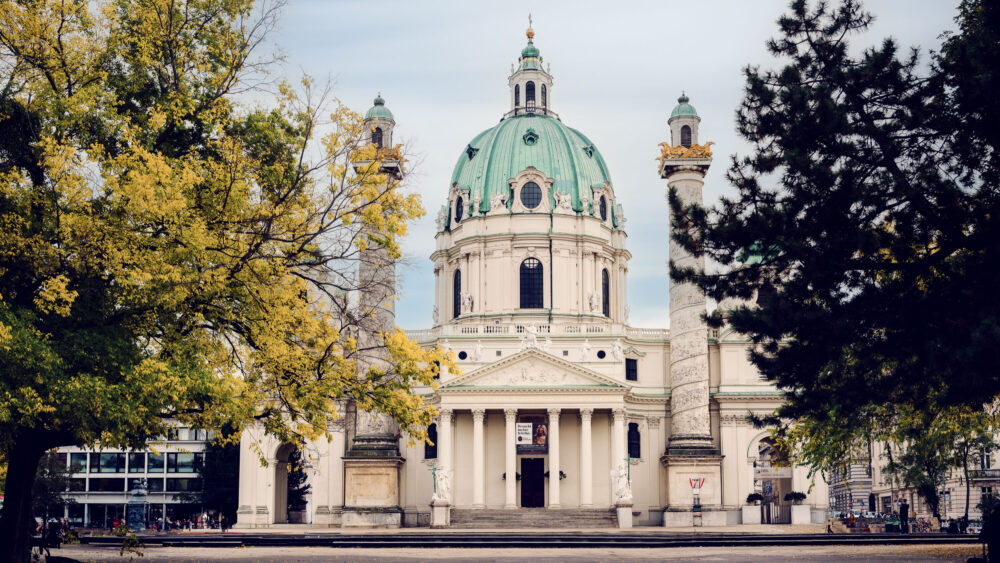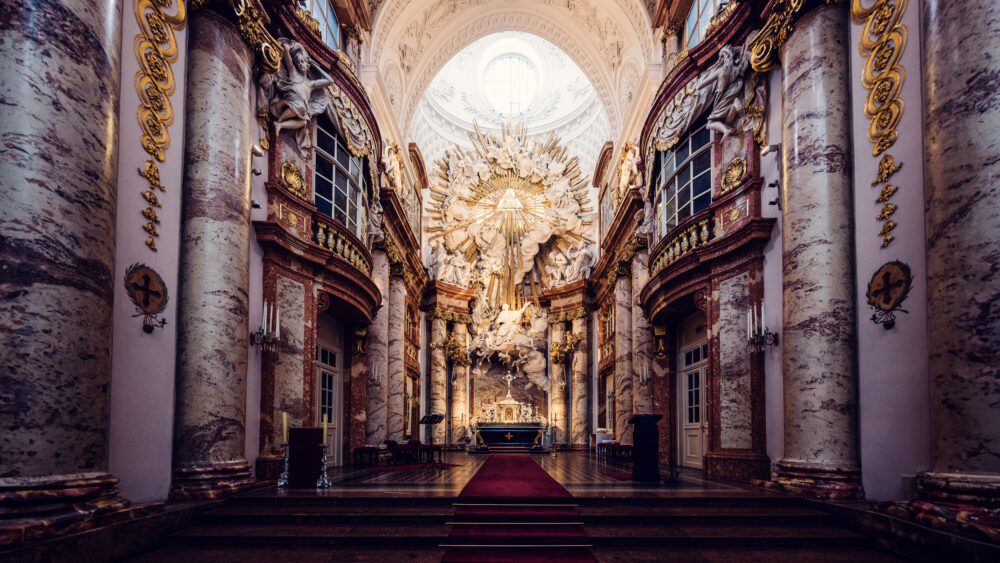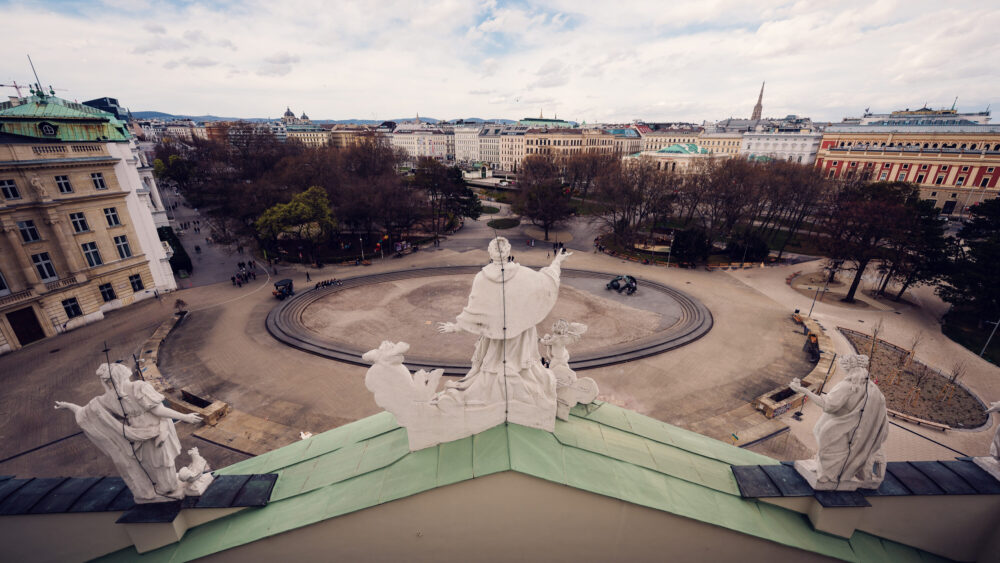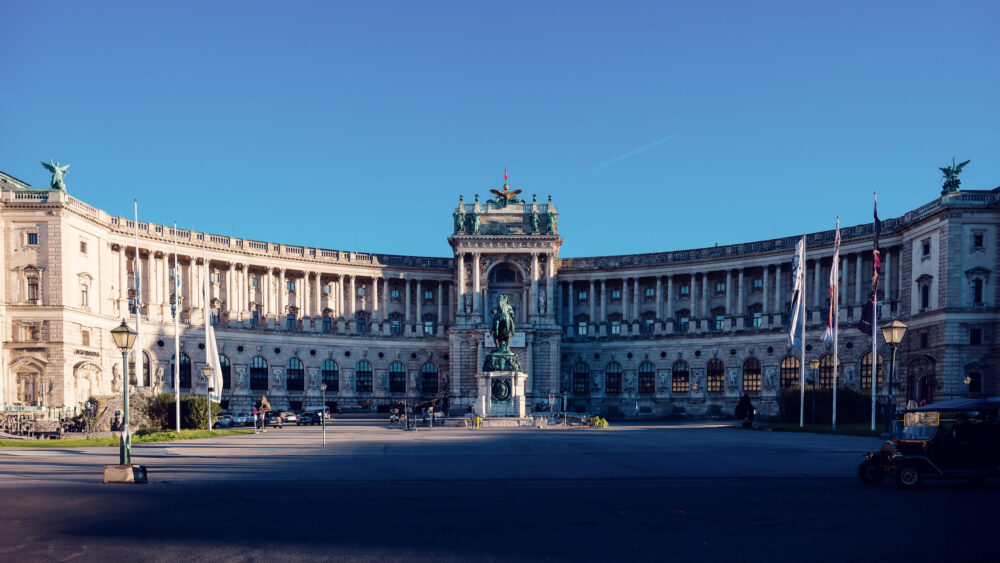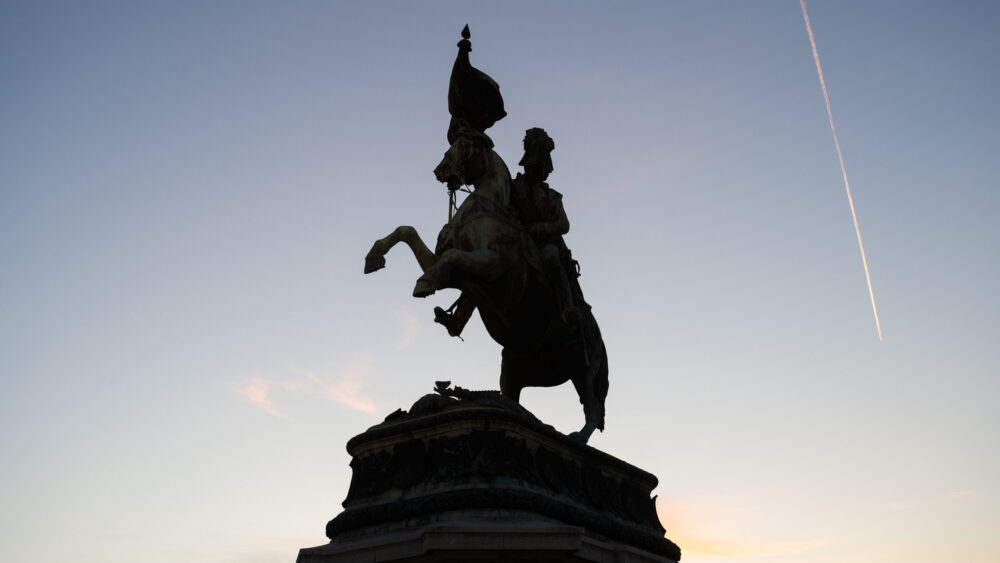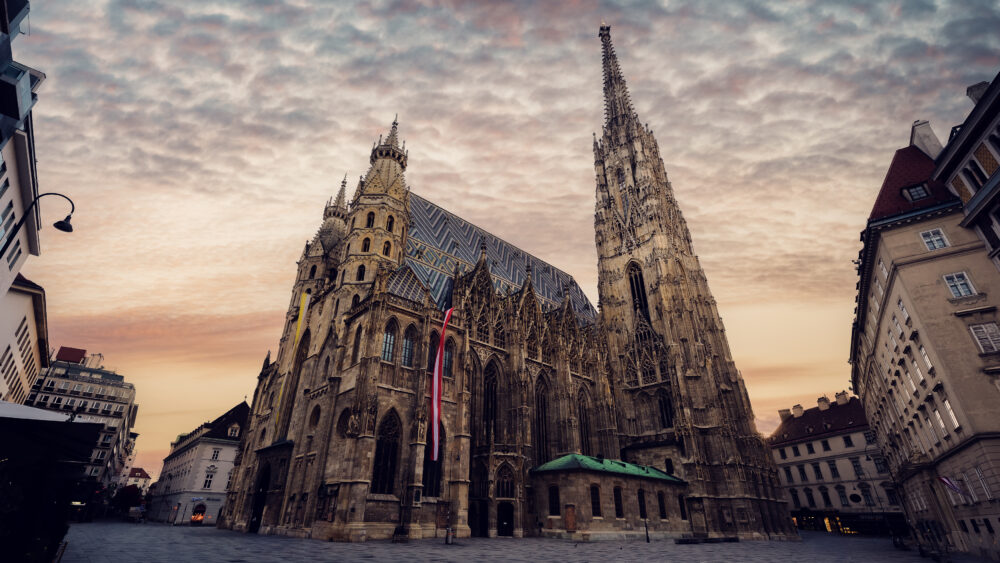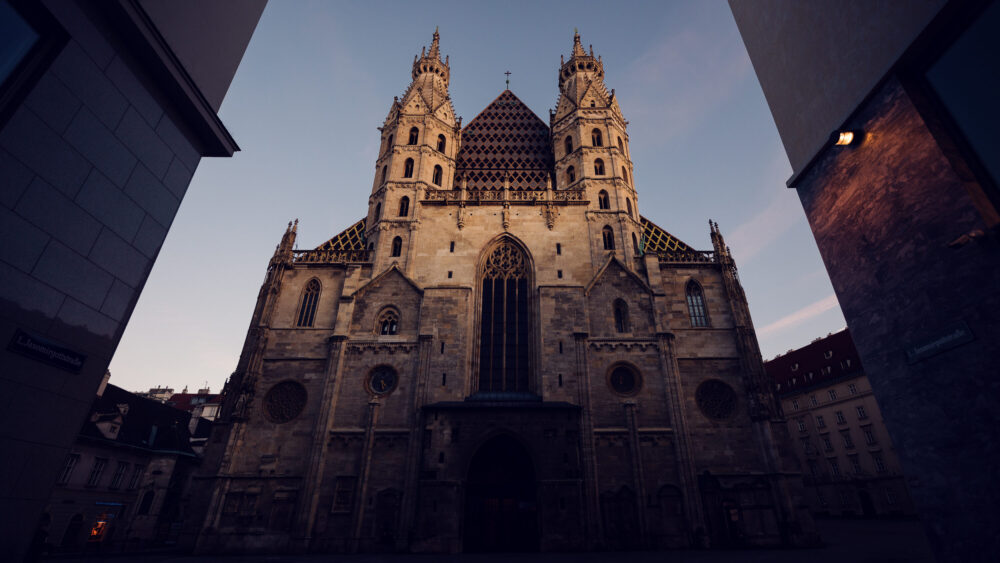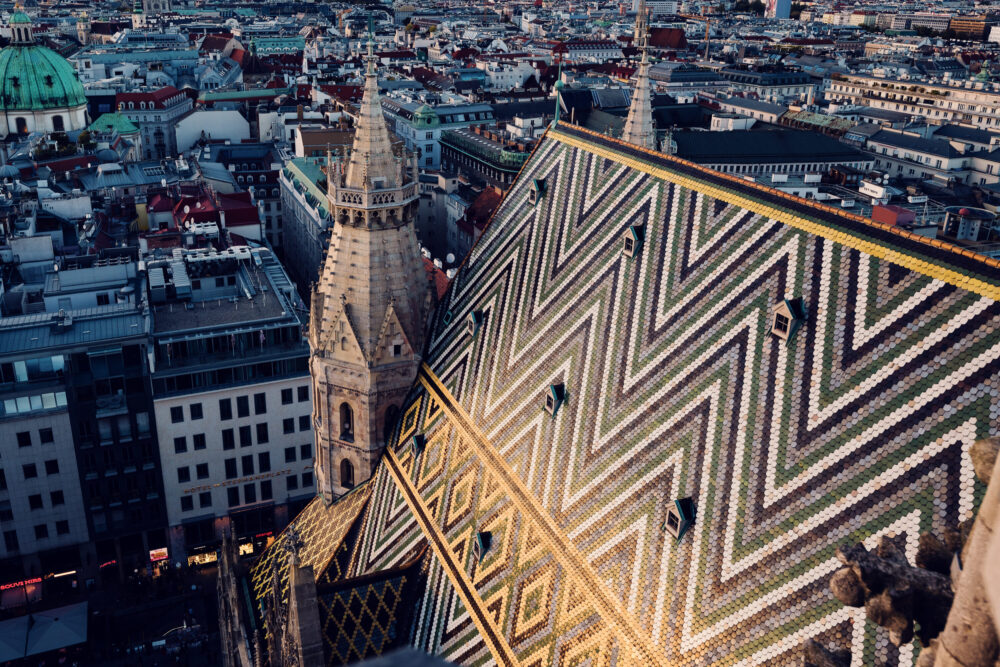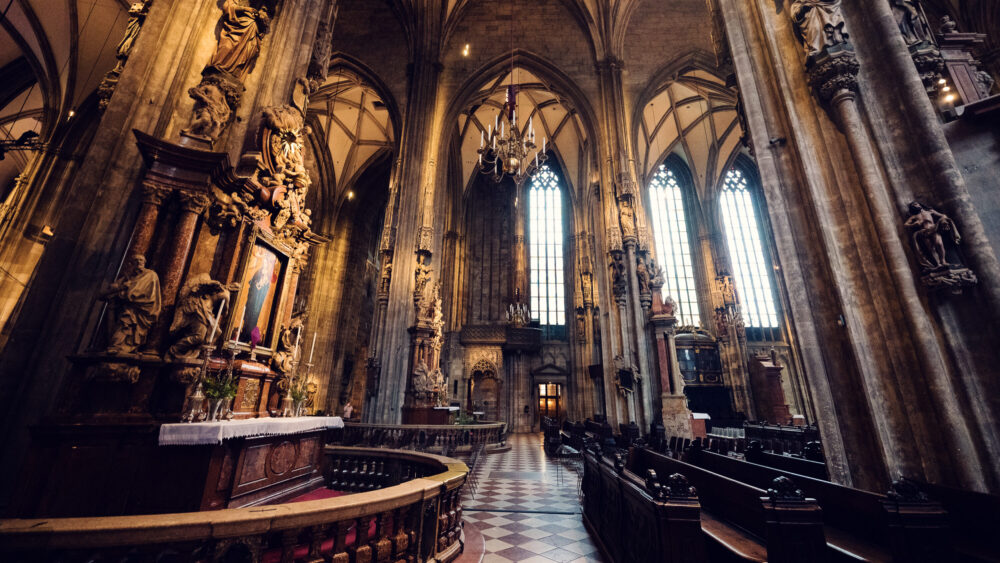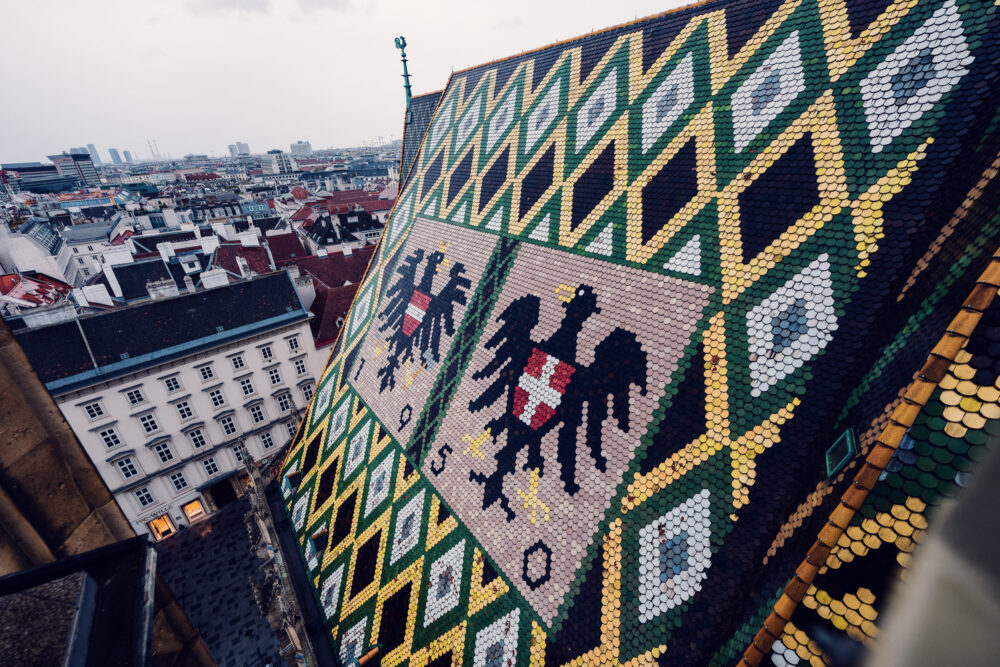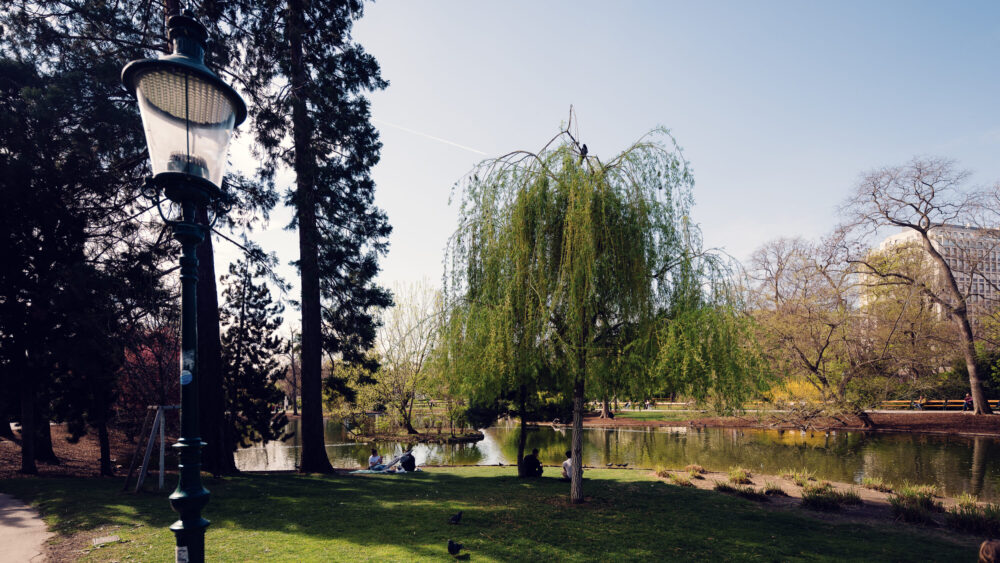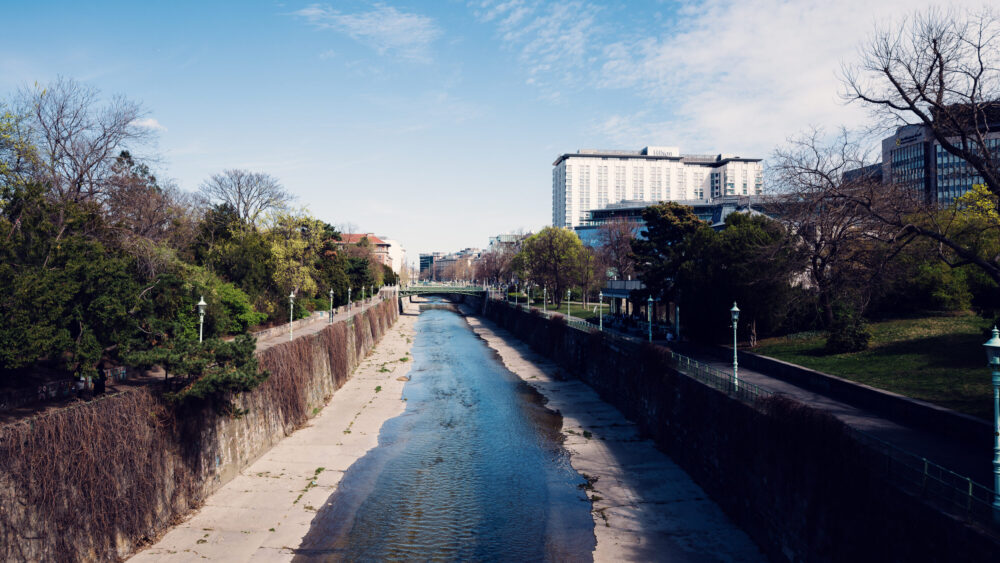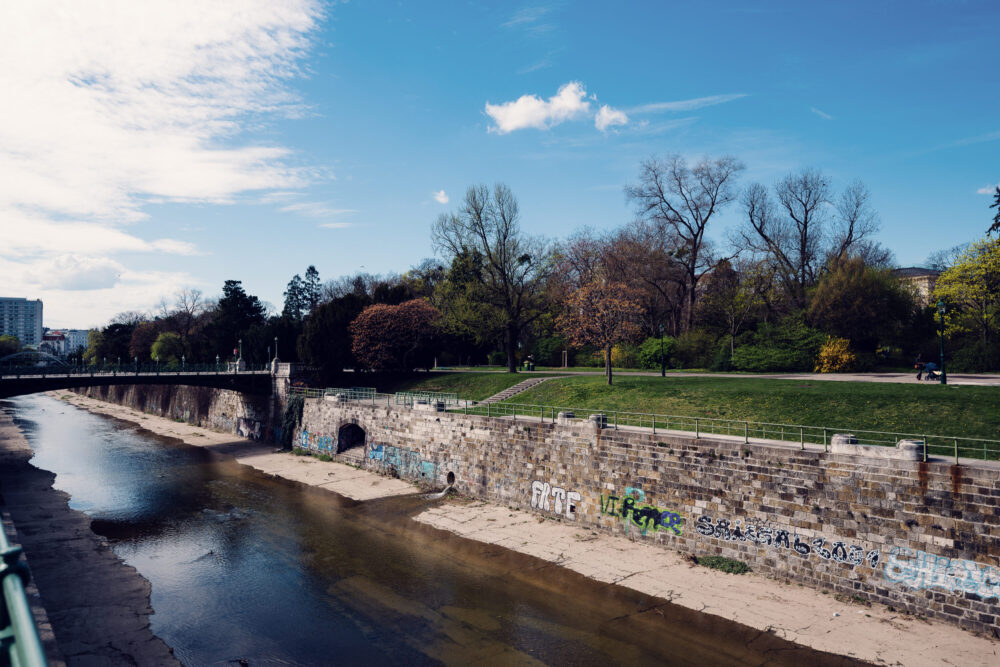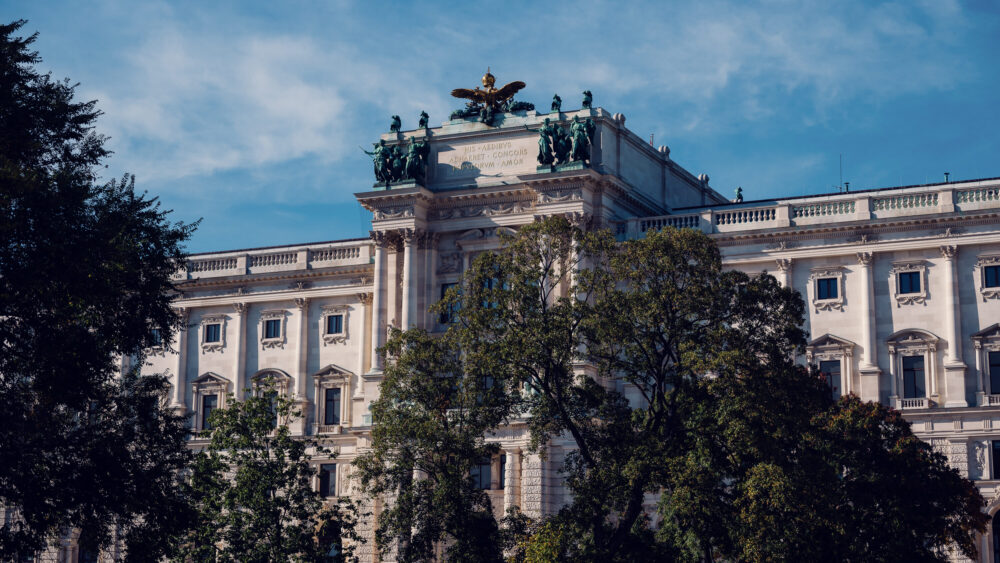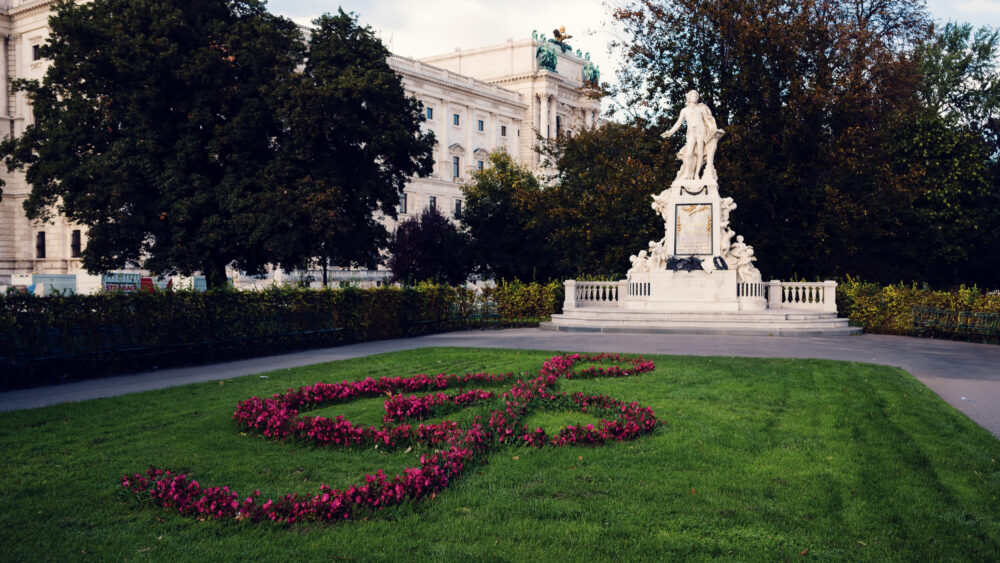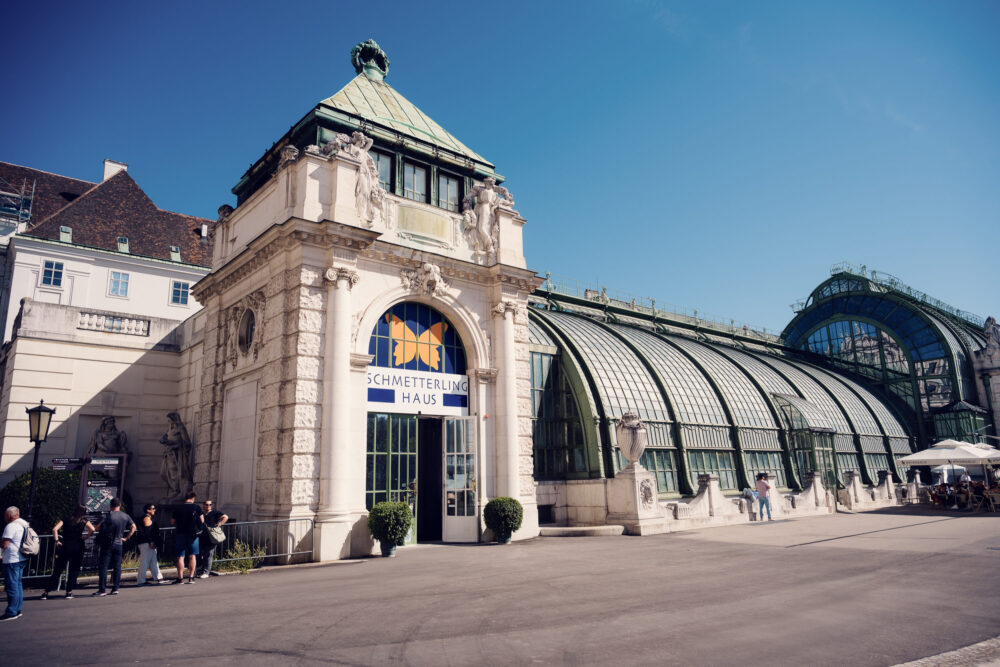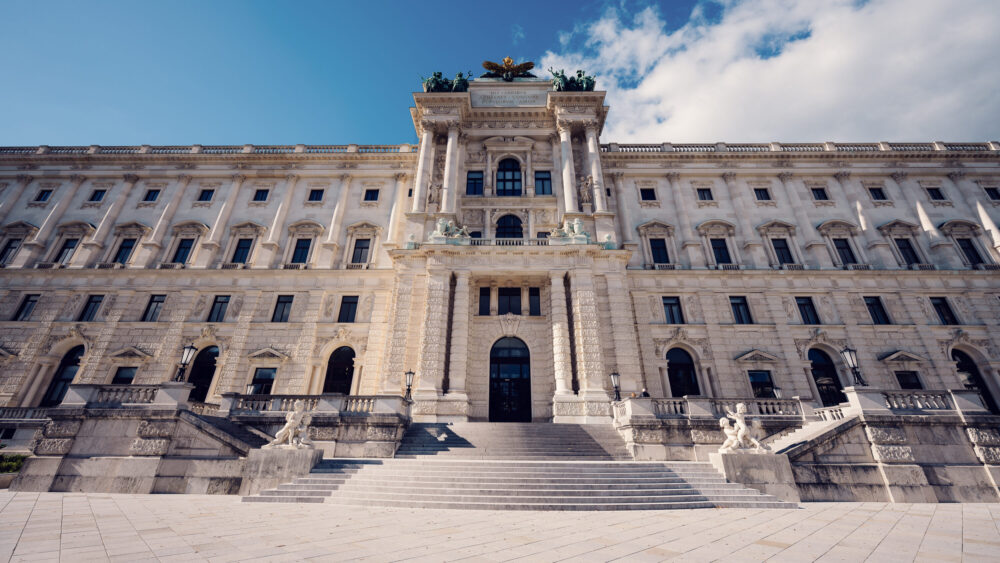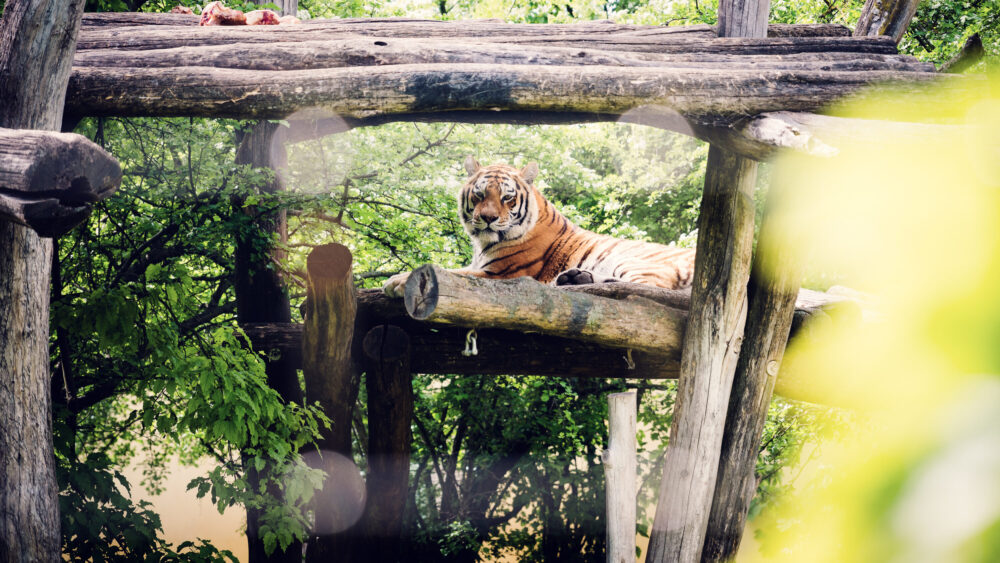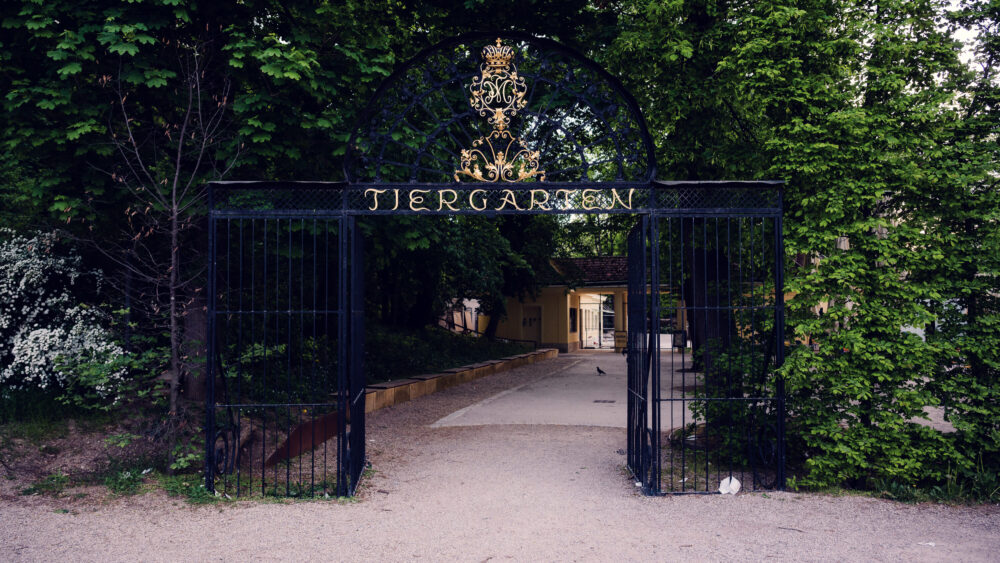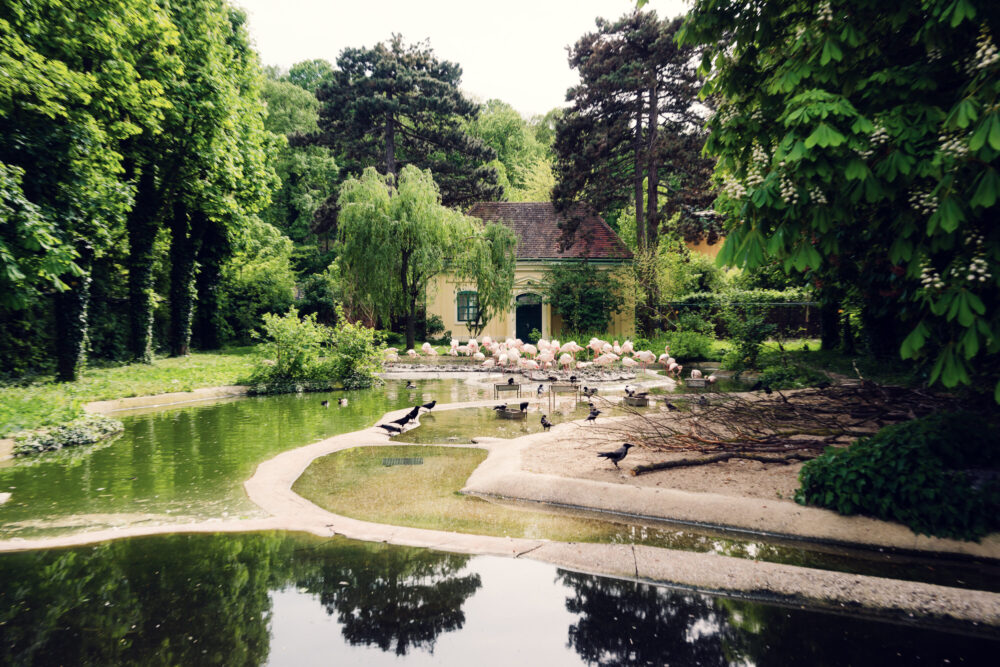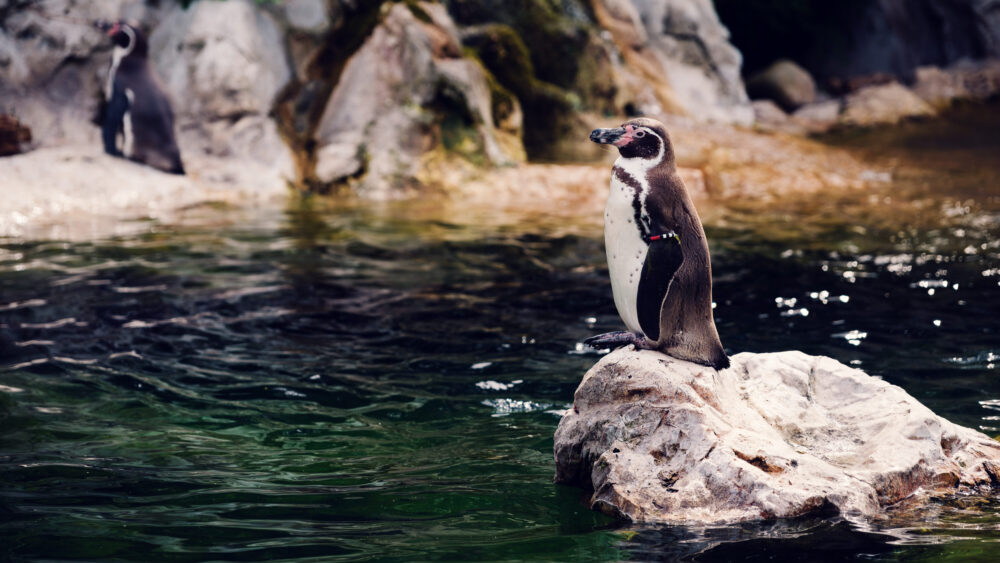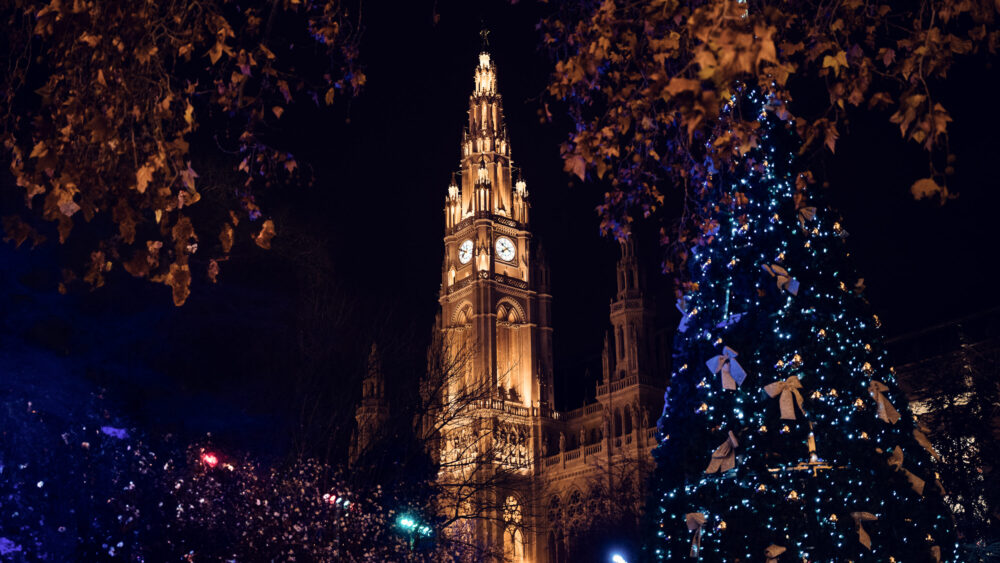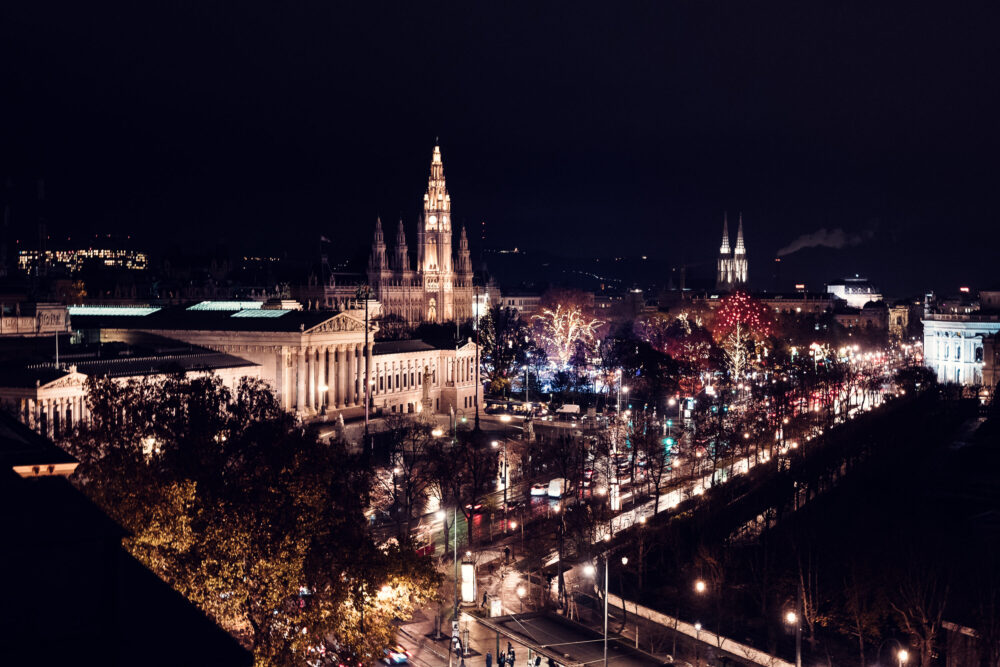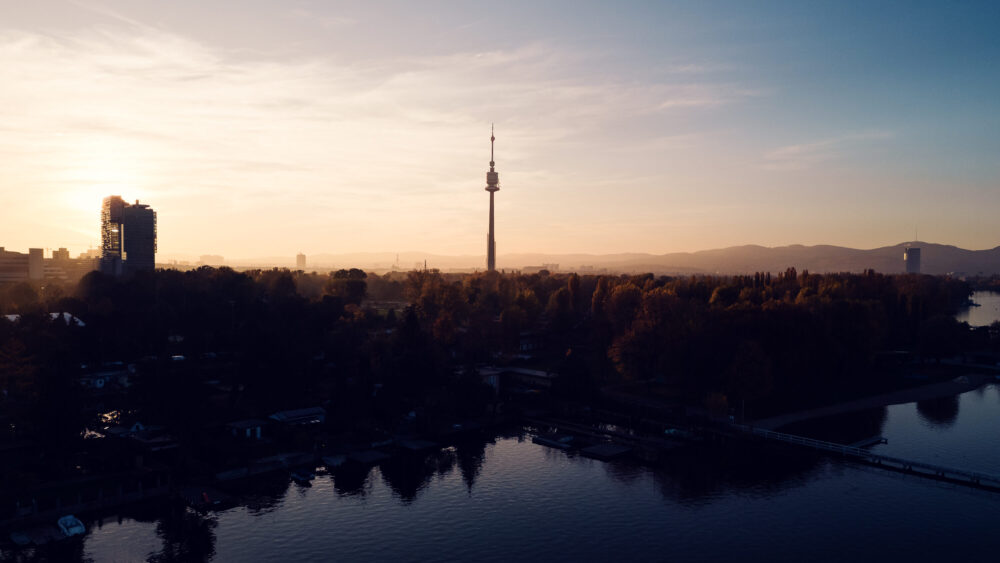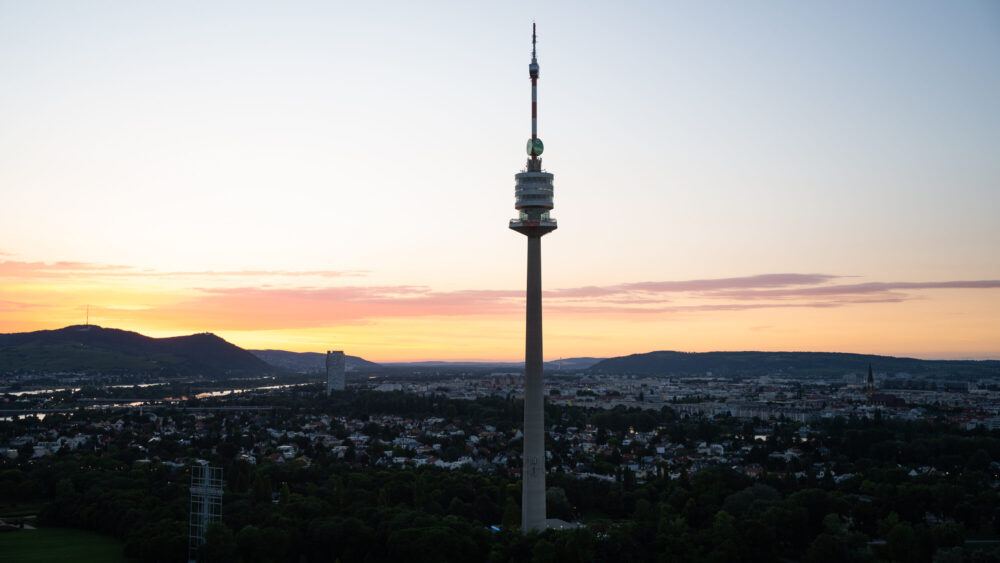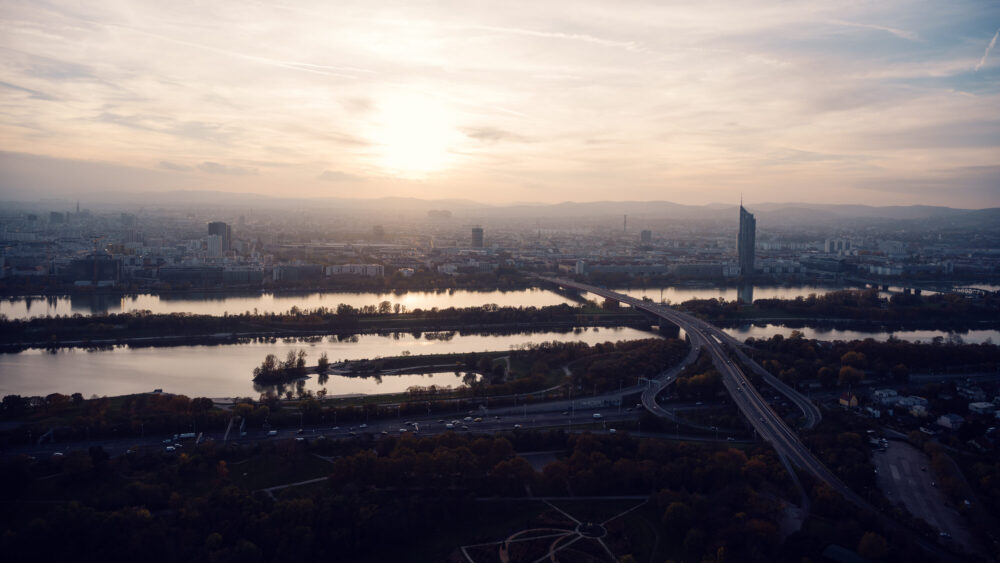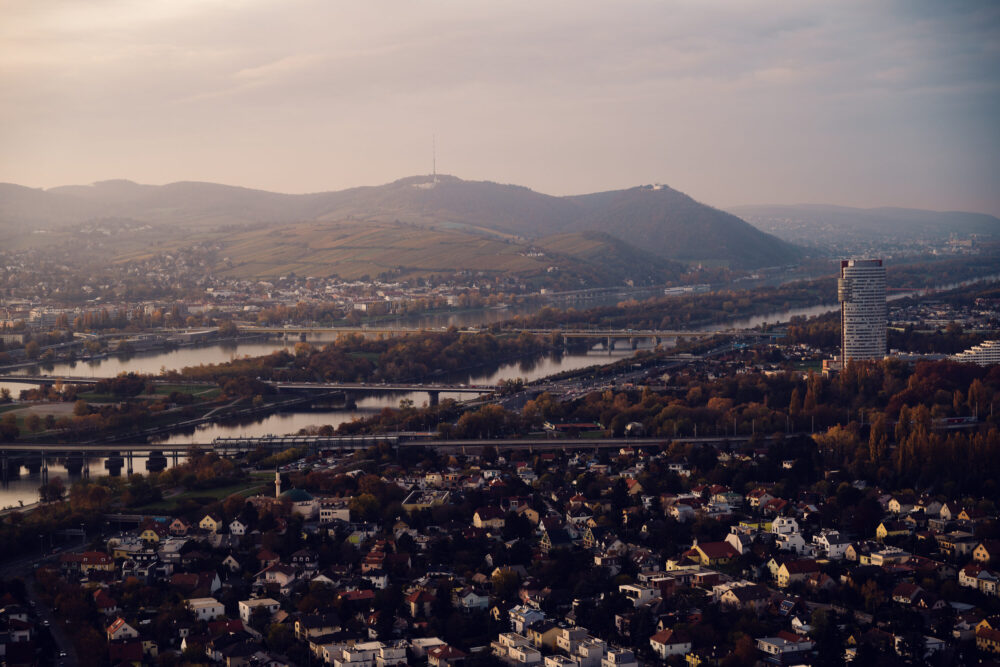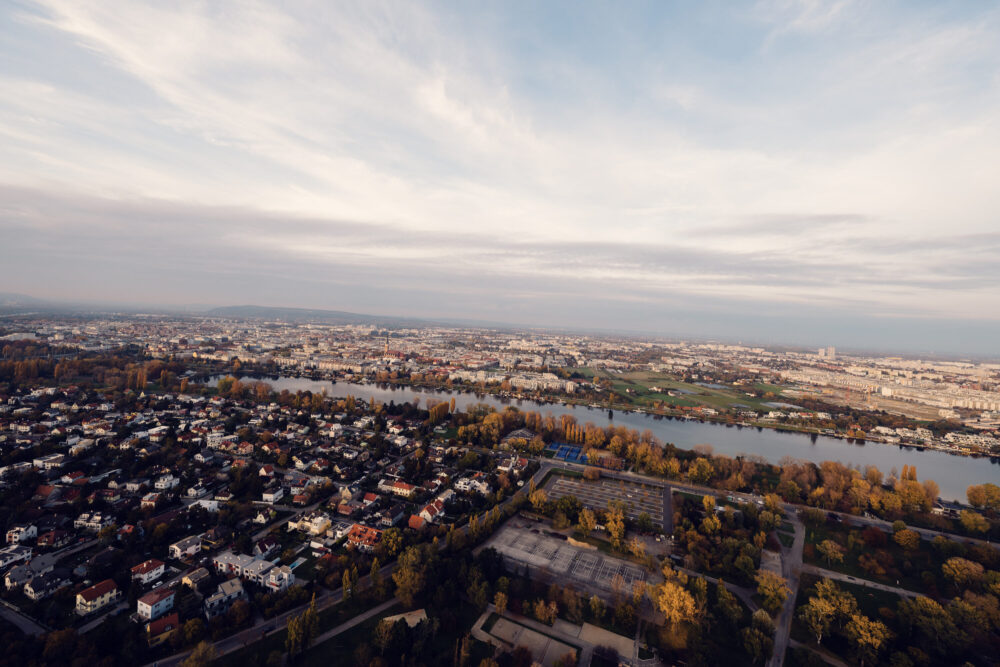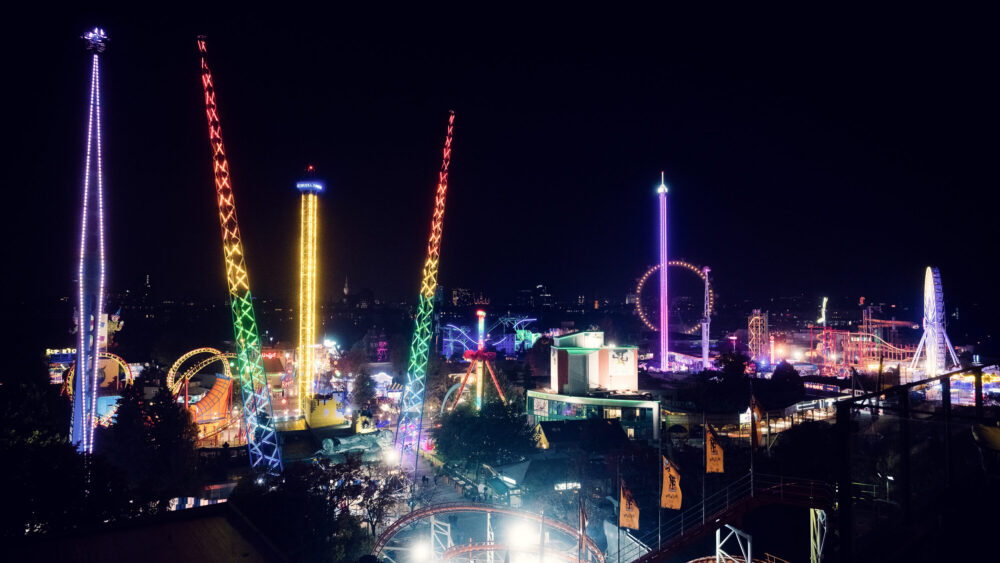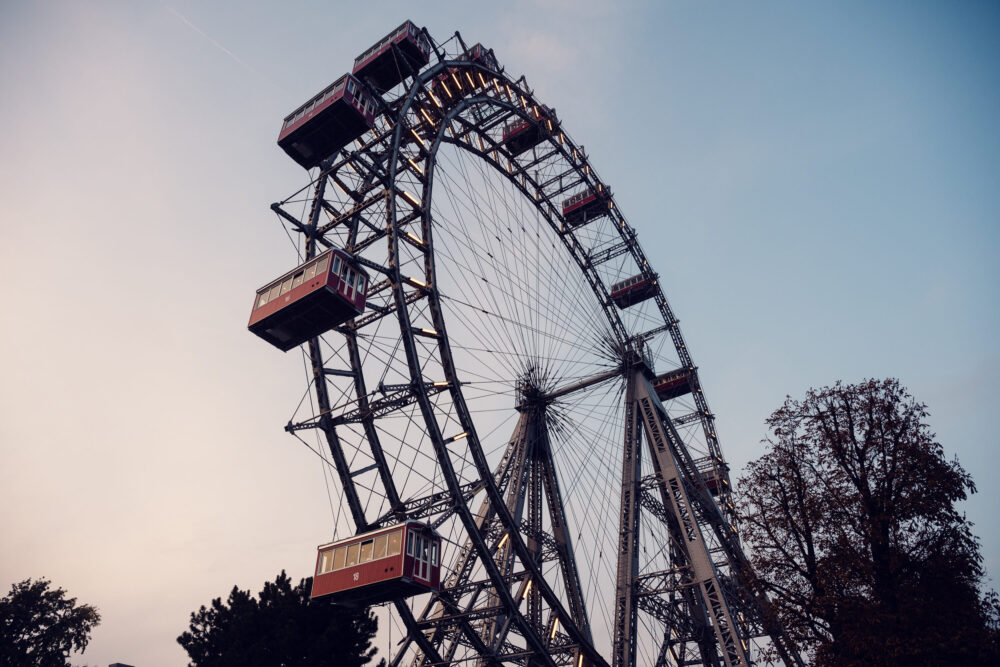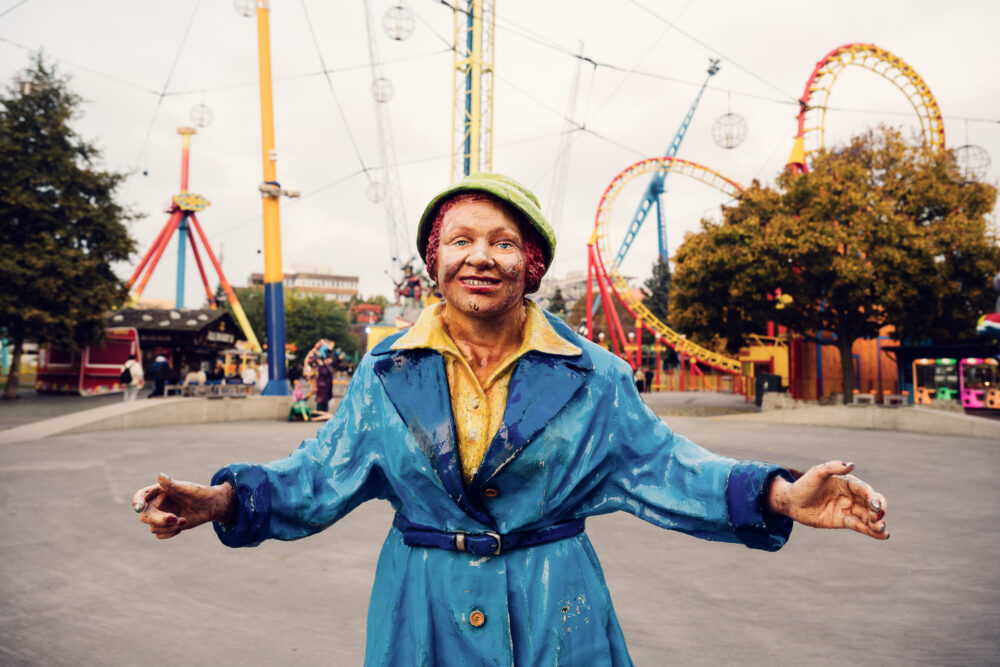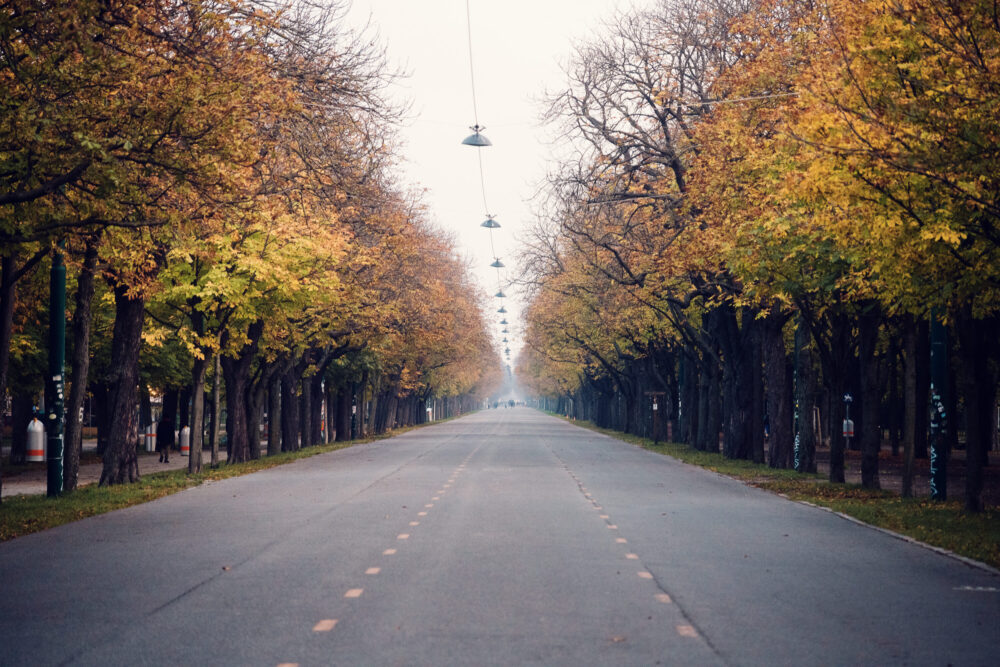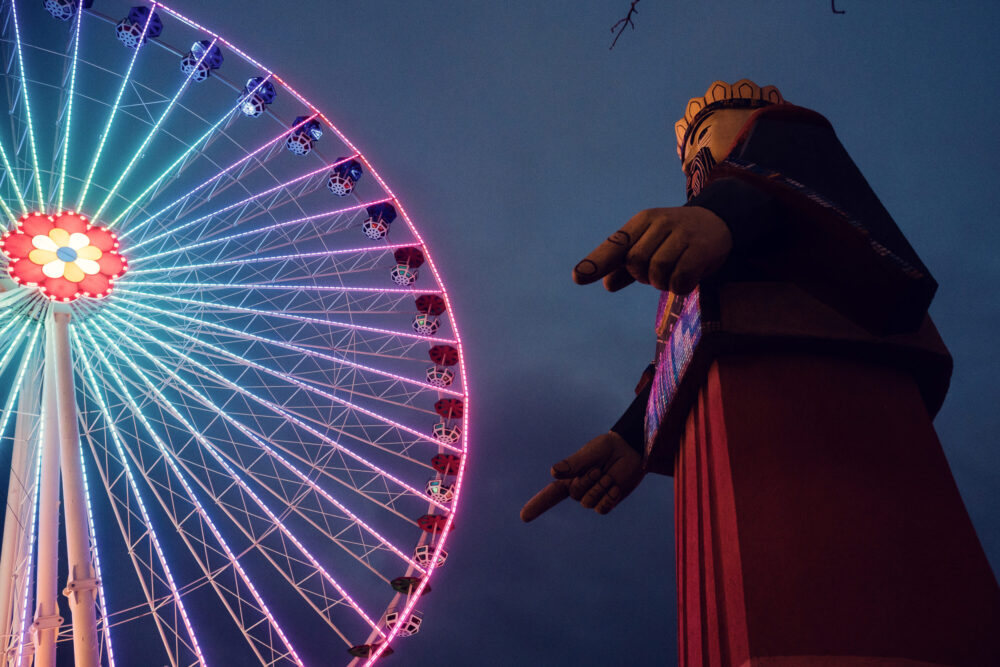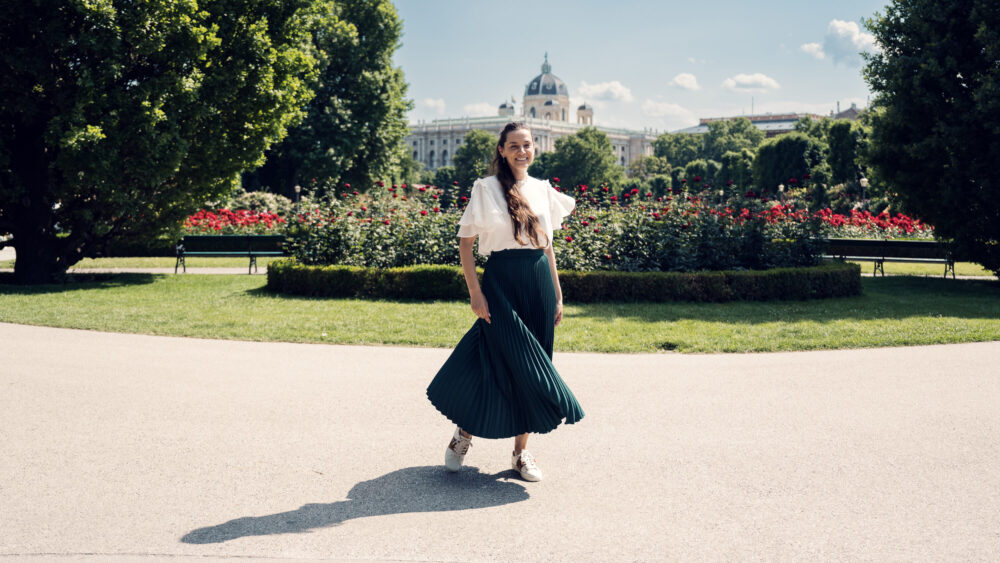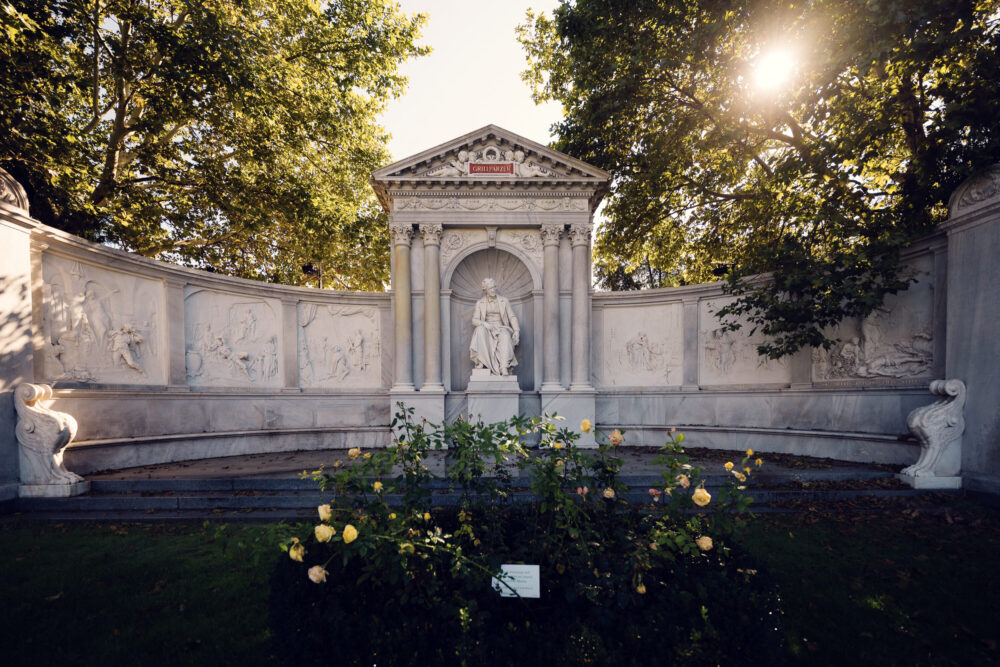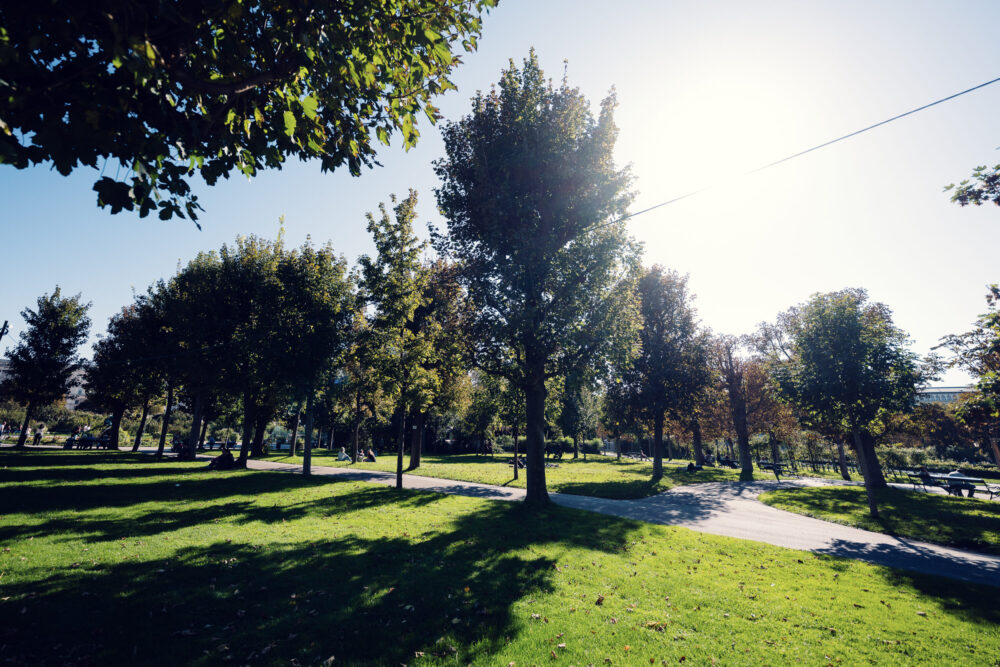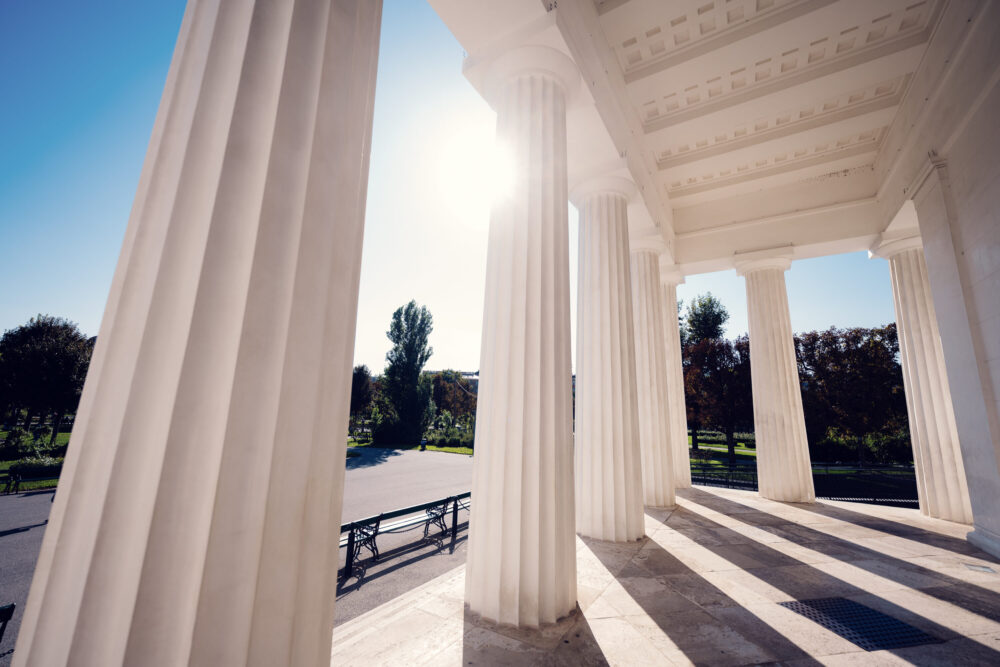About Schönbrunn Palace: A Glorious Legacy of Austria’s Past
Schönbrunn Palace is a symbol of Austria’s imperial power and cultural grandeur. Located in Vienna, this UNESCO World Heritage Site is one of the most important architectural, cultural, and historical landmarks in Europe. The palace, with its stunning Baroque architecture and expansive gardens, tells the story of the mighty Habsburg dynasty, whose influence shaped Europe for centuries.
The Beginnings: A Modest Manor Turned Royal Residence
The origins of Schönbrunn Palace date back to the late 16th century when the estate was used as a hunting ground by the Habsburgs. In 1569, the land was acquired by Emperor Maximilian II, who envisioned a modest retreat. However, it wasn’t until the mid-17th century that the estate began to take shape as we know it today. Following the destruction of the original Katterburg manor during the Turkish sieges of Vienna in 1683, Emperor Leopold I commissioned architect Johann Bernhard Fischer von Erlach to design a grandiose Baroque residence worthy of imperial stature.

The name “Schönbrunn,” which translates to “beautiful spring,” is derived from an artesian well discovered on the grounds. By 1696, the first phase of the palace’s construction was underway, but the ambitious plans were scaled back due to financial constraints. Despite this, Schönbrunn Palace became a symbol of the Habsburgs’ growing influence in European politics and culture.
Maria Theresa and the Golden Age of Schönbrunn Palace
The palace’s most transformative era came during the reign of Empress Maria Theresa, the only female ruler of the Habsburg Empire. In the mid-18th century, Maria Theresa adopted Schönbrunn Palace as her summer residence and commissioned architect Nikolaus Pacassi to renovate and expand the palace. Under her guidance, Schönbrunn Palace became a dazzling symbol of Baroque artistry and imperial sophistication.
Maria Theresa’s influence extended beyond the architecture. Schönbrunn Palace became a hub of music, diplomacy, and cultural patronage. The young Wolfgang Amadeus Mozart famously performed for the Empress in the Hall of Mirrors at the tender age of six, impressing the court with his prodigious talent.
A Witness to History
Schönbrunn Palace has witnessed pivotal moments in European history. During the Napoleonic Wars, Schönbrunn Palace served as the headquarters of Napoleon Bonaparte twice. Later, it became a favorite residence of Emperor Franz Joseph I, who was born at Schönbrunn Palace in 1830.

Under Franz Joseph, Schönbrunn Palace became a place of significant historical events, such as state visits and diplomatic meetings. It was also here, in 1916, that Franz Joseph passed away, marking the end of an era for the Austro-Hungarian Empire. Following the fall of the monarchy in 1918, the palace was transferred to the Republic of Austria and opened to the public.
Architectural Grandeur and Gardens of Paradise
The palace itself boasts 1,441 rooms, though only a fraction are open to visitors. The Great Gallery, with its elaborate stucco work and sparkling crystal chandeliers, is one of the most breathtaking spaces and was used for imperial banquets and balls. The Blue Chinese Salon, decorated with delicate porcelain, reflects the Habsburgs’ fascination with Asian art.

Outside, the palace gardens are a masterpiece of Baroque landscaping. Designed by Jean Trehet in the formal French style, the gardens feature tree-lined avenues, fountains, statues, and floral parterres. The Gloriette, a grand colonnaded structure perched on a hill, offers stunning views of the estate and the city beyond. It was originally built as a dining hall and later repurposed as a monument to Habsburg power.
The Neptune Fountain, a focal point of the gardens, symbolizes the empire’s control over the seas – a fitting metaphor for the Habsburgs’ reach. Additionally, the Schönbrunn Zoo, established in 1752, holds the title of the world’s oldest zoo and remains a family favorite.
Preservation and Modern-Day Appeal
Today, Schönbrunn Palace attracts millions of visitors annually. Its status as a UNESCO World Heritage Site underscores its significance as both a cultural treasure and a historical landmark.
From intimate glimpses of royal life in the Imperial Apartments to the awe-inspiring beauty of the gardens, Schönbrunn Palace continues to captivate the imagination of all who visit.

